A trip to Mongolia is definitely the road less travelled. Not perhaps the hottest destination choice or on top of many travel bucket lists, it is a country of incredible natural beauty that still preserves the traditional nomadic way of life.
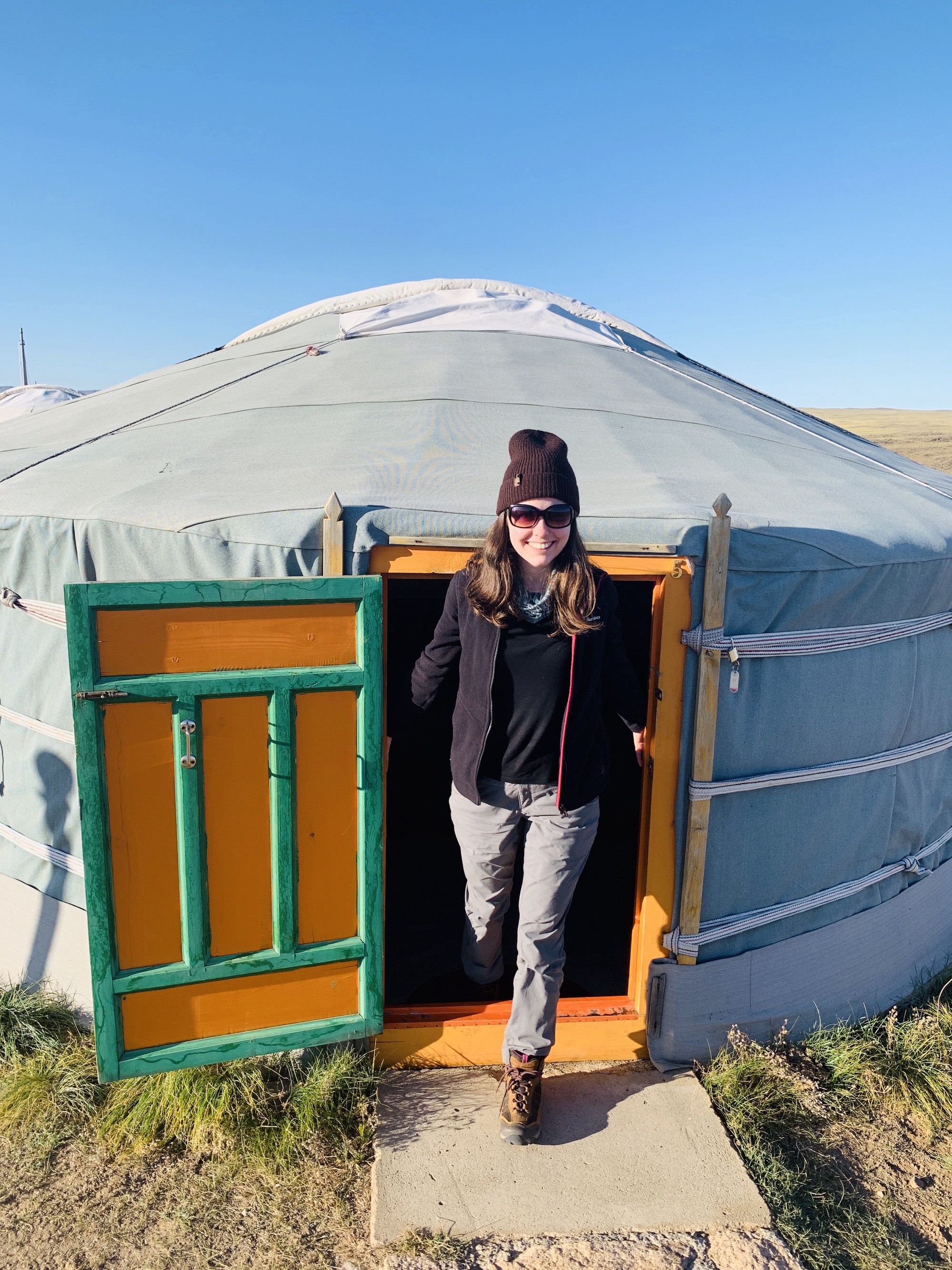
Mongolia?s tourism industry is still very young but it is growing. Last year it received 529,000 tourists, up by 11% from the year before. It is also a short season (May-September) because the infrastructure isn?t in place yet for tourists to travel safely outside of Ulaanbaatar during the harsh Winter months.
We travelled to Mongolia on the Trans-Siberian rail route from Russia, catching a train that took us from far eastern Siberia into Mongolia?s capital Ulaanbaatar. Our two and a half weeks there was all sleeping in ger camps, riding Bactrian camels on the steppe, sharing a bowl of fermented mare?s milk with a nomadic family, hearing Mongolian Buddhist prayer chants at temples in the middle of the Gobi desert, climbing huge sand dunes, throat singing, wolves howling and star gazing. The Mongolian steppe completely captivated our sense of adventure and the simpler way of living was a stark reminder about what is truly important outside of the material.




1) Want off the beaten track?
Mongolia doesn?t even have a beaten track to begin with so a trip here guarantees not to be your run-of-the-mill tourist experience.
There are only 2,244km of paved road in the whole of Mongolia so touring here means going off-road for the majority of the journey. You will need a highly experienced driver who reads the landscape like the back of their hand and can fix a flat tyre in a heartbeat, as you will likely get a few of these along the way. You might feel like your brain has transformed into a smoothie after being rocked around in a car all day but, if you can shake off those first world western expectations and go with the flow, you will happily bask in the adventure.

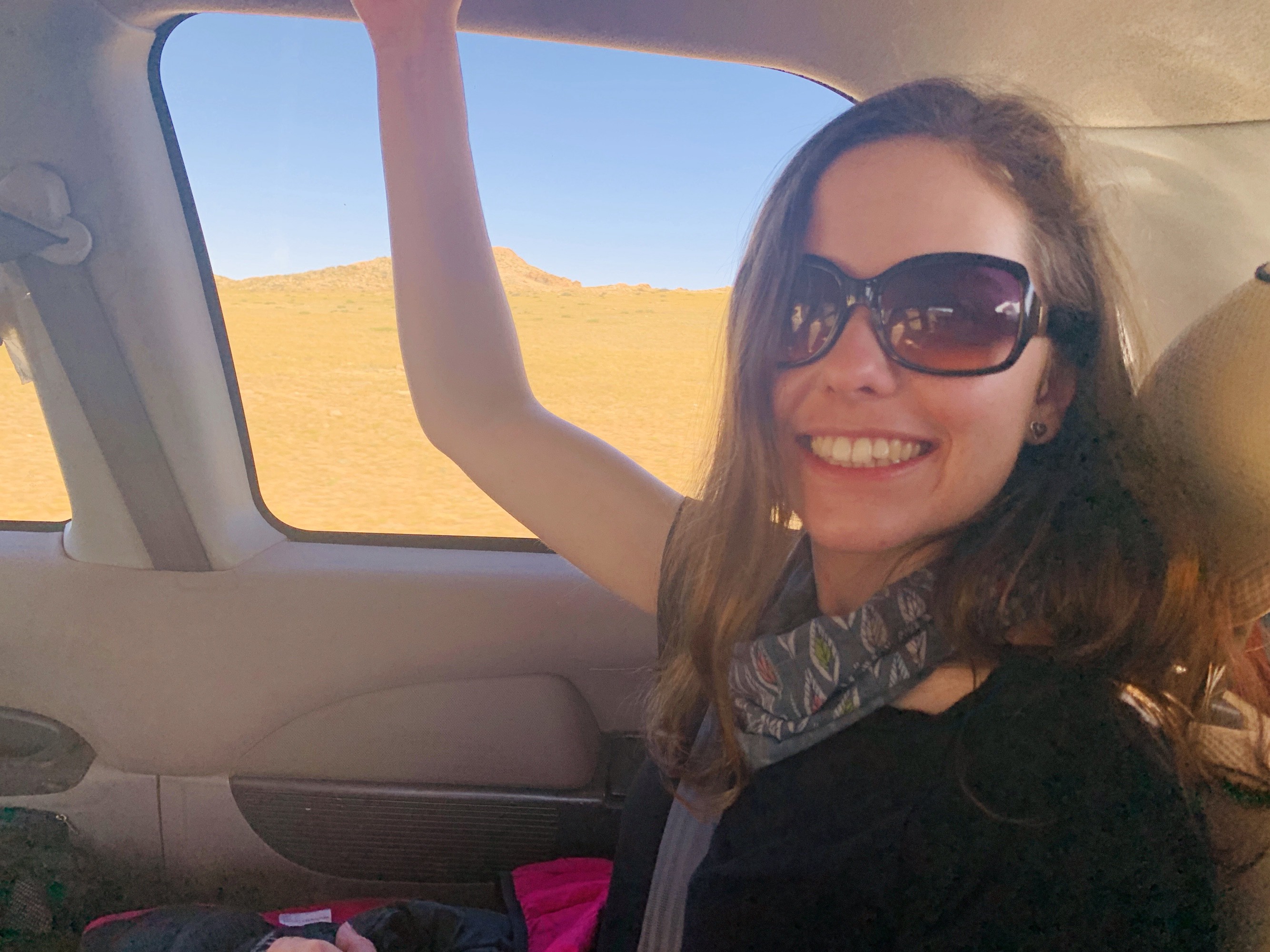
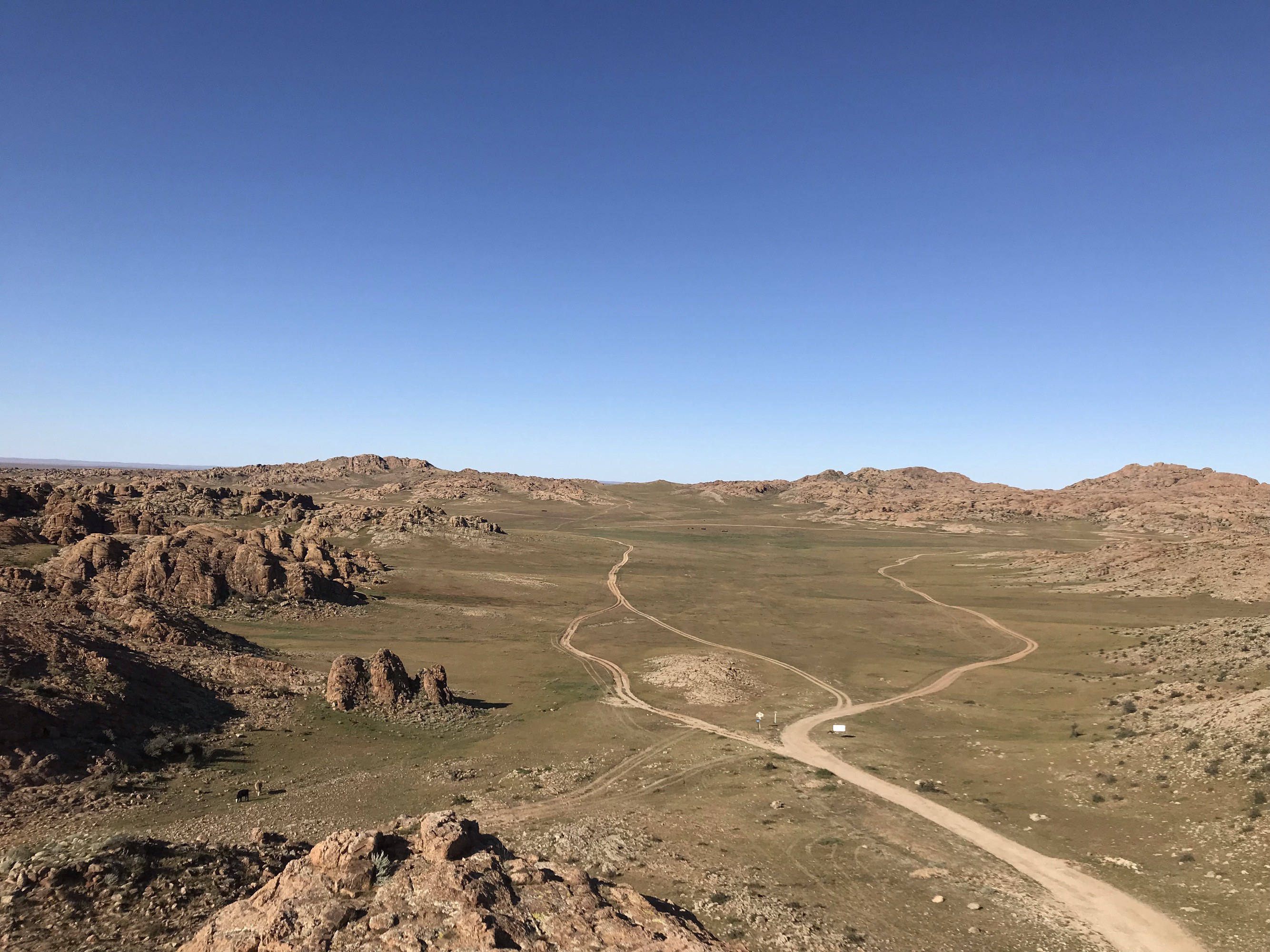
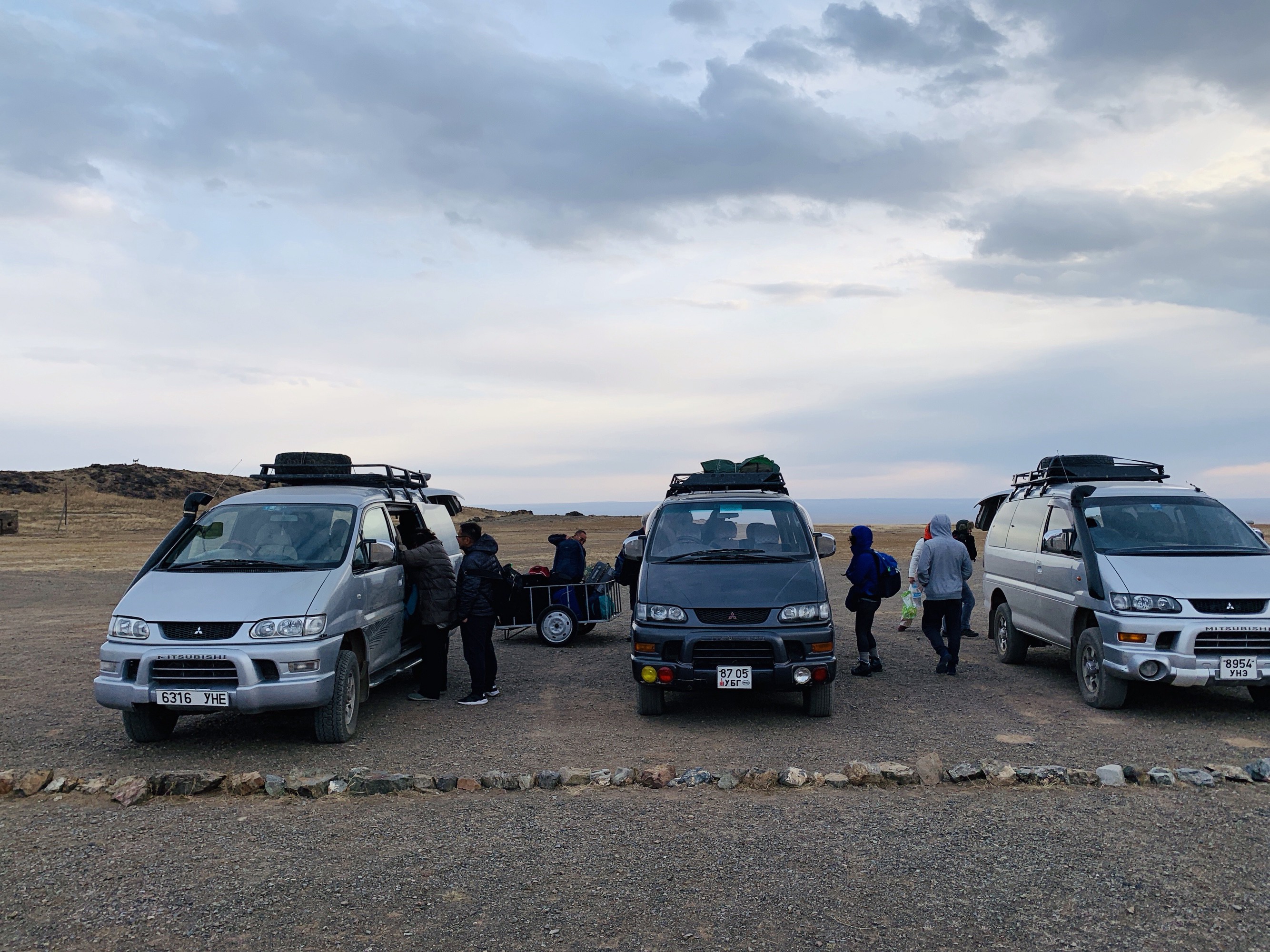


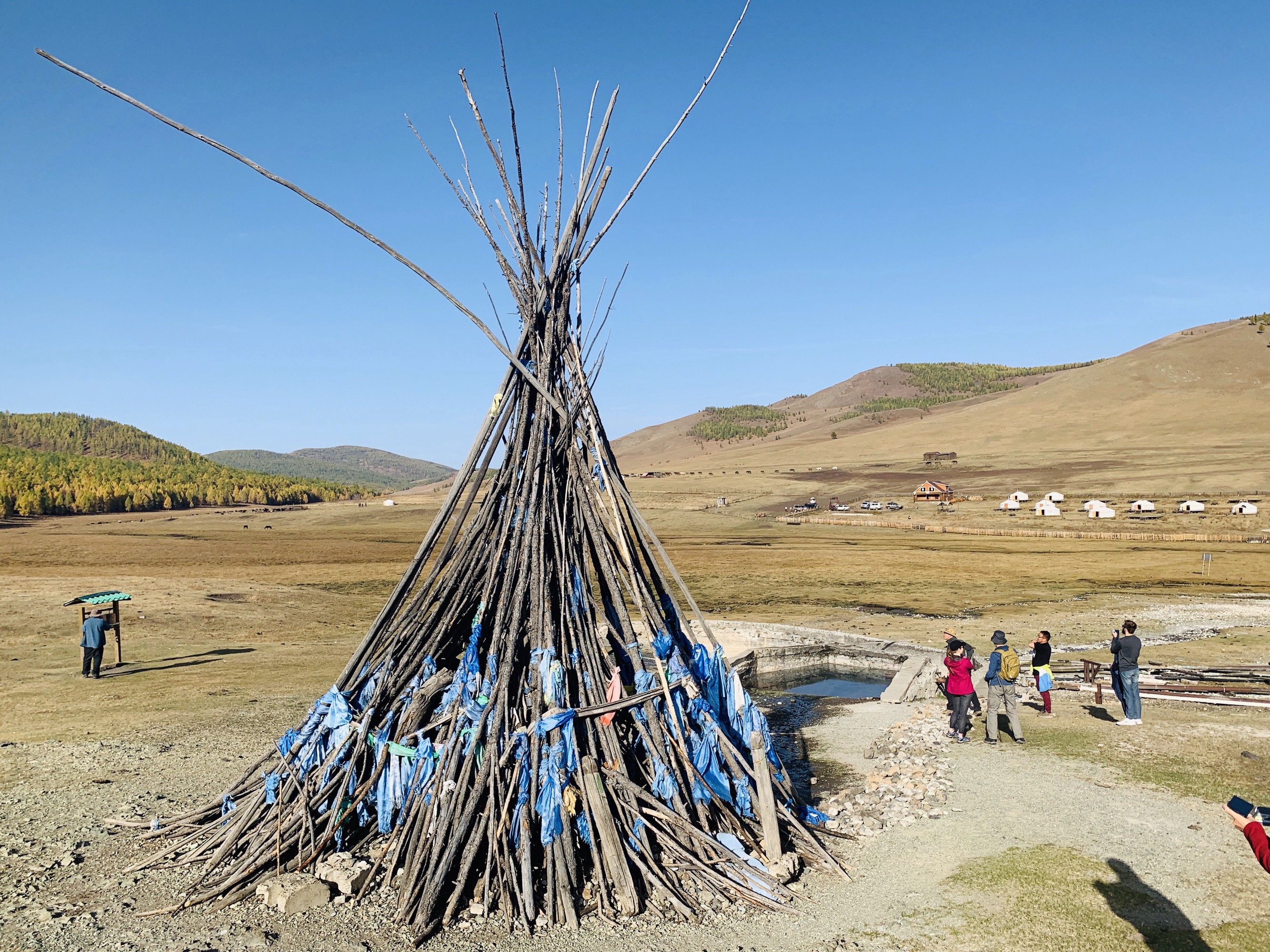
2) The most free range you can find.
When nature calls and you’re squatting behind a bush in the Gobi desert you might find yourself getting the evil eye from a passing camel.
Your vehicle will often be forced to slow down suddenly because a team of horses decide to cross in front of you. As you emerge from your ger, rubbing the sleep out of your eyes, you might be greeted by the bleat of a sheep grazing just outside your door. Or you might accidentally step in a cow pat on your way to the shower block. Horses, cows, camel, sheep and goats roam the countryside freely in Mongolia, not a fence in sight.

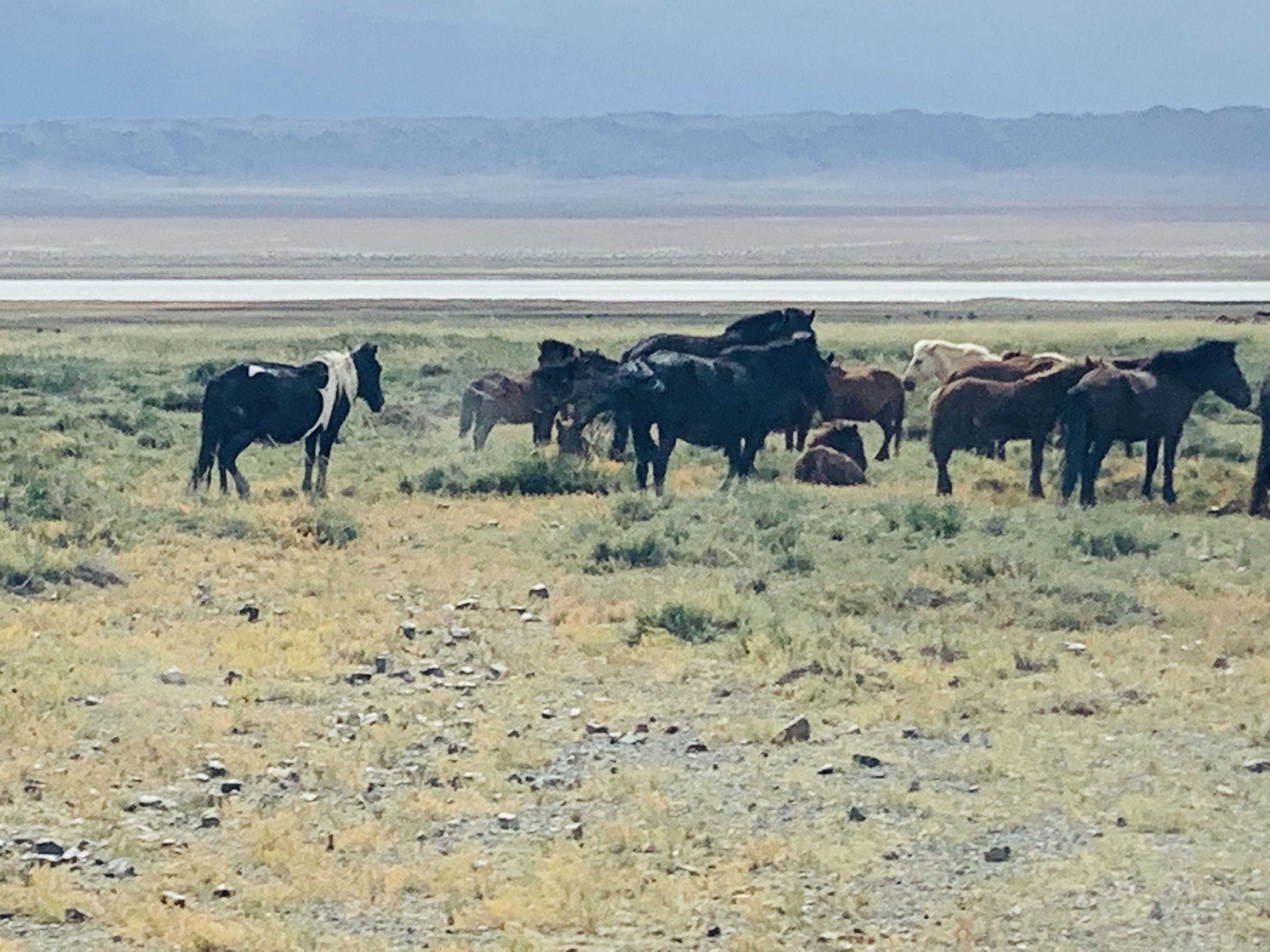
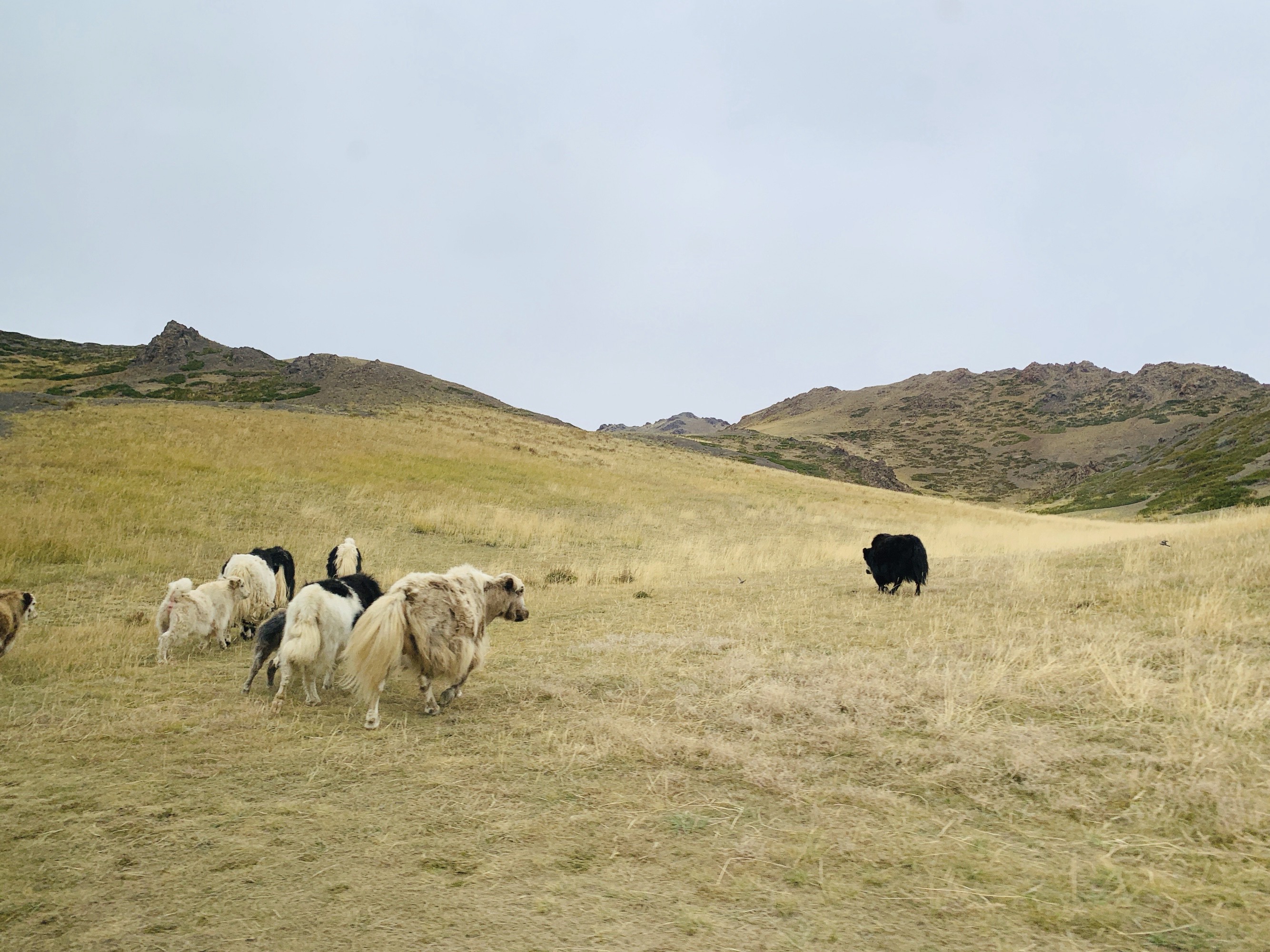
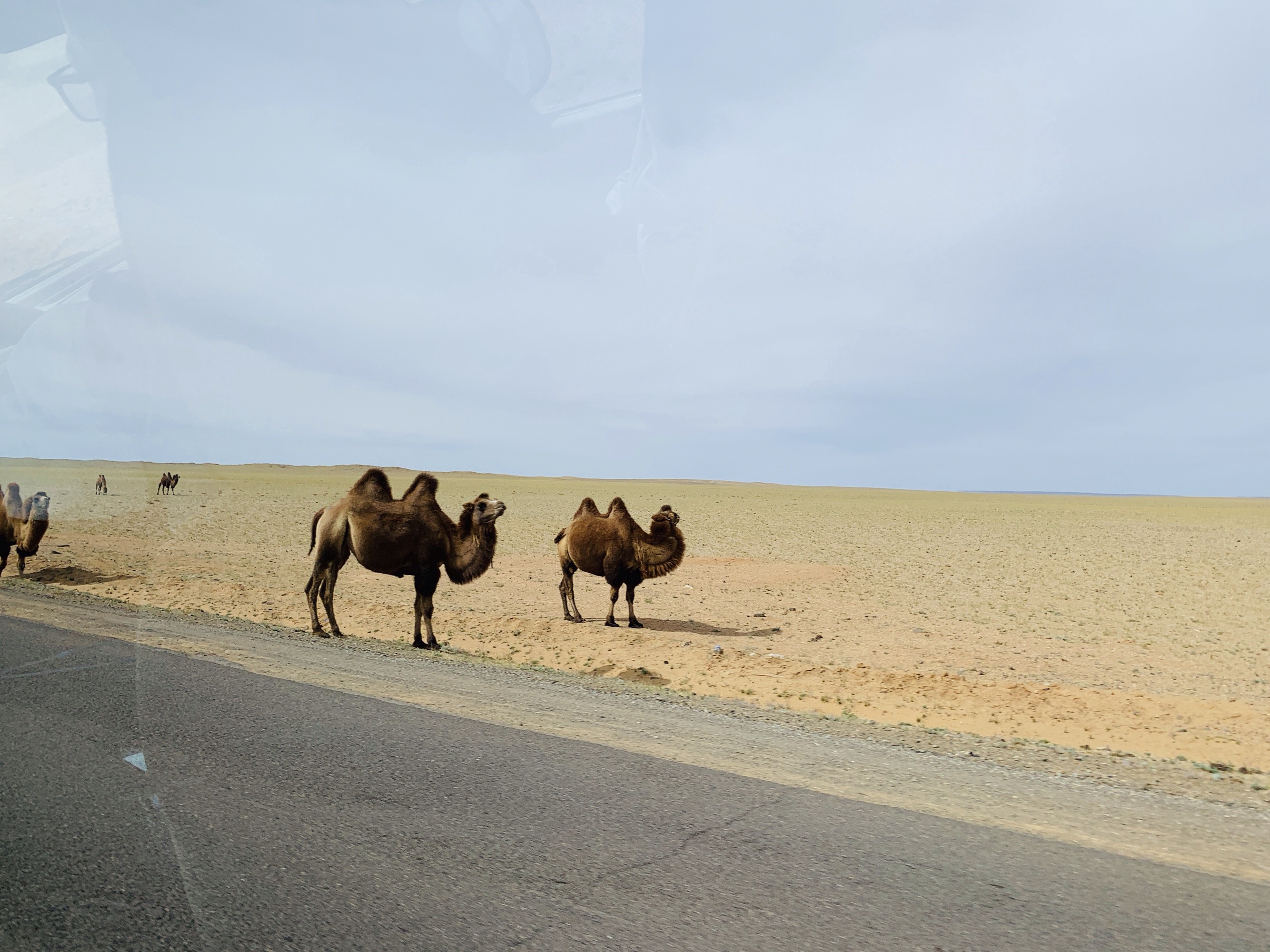
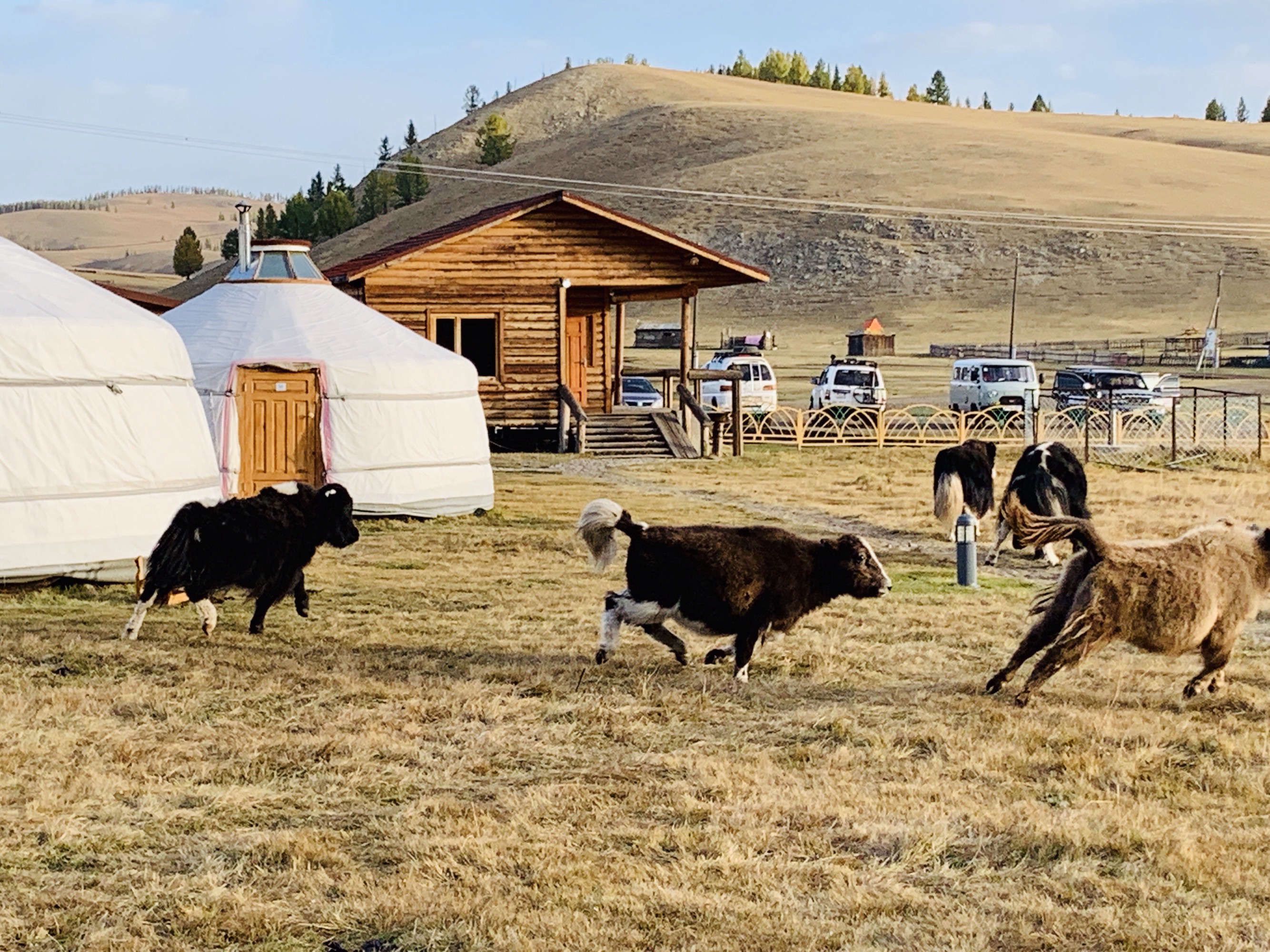

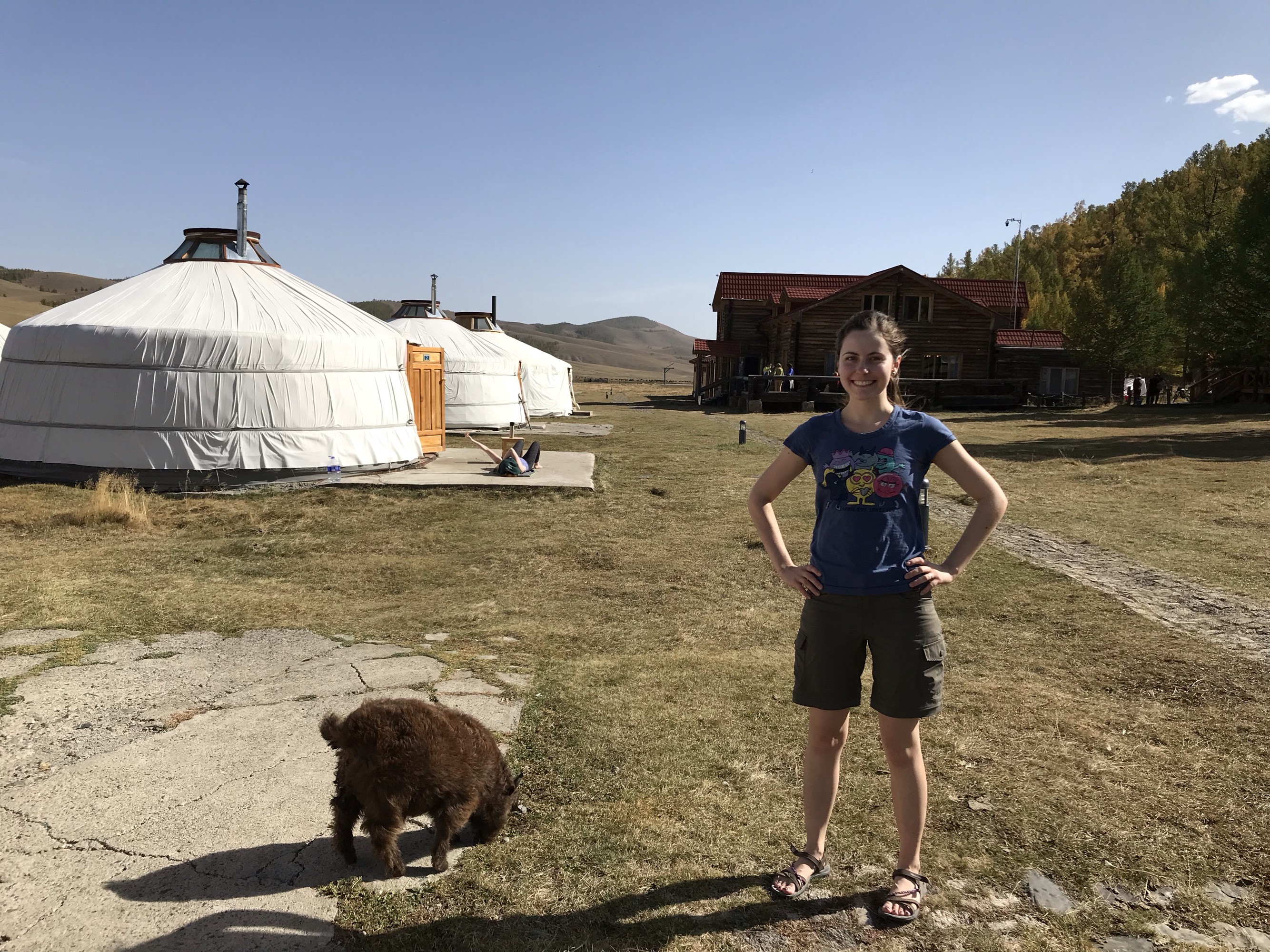
Nomadic Mongolian families also keep dogs to warn off wolves who see the free roaming herd animals as easy prey. When receiving visitors, who might pop round unannounced for a cup of fermented mare?s milk any time of day, the visitors will ask their host to hold the dogs! When it?s milking or shearing time, the nomadic people hop onto a horse or motorbike to herd them in.
Sheep and goats even hang out together in the same herd like besties for life.
The Mongolian cashmere, made from goats wool, is silky soft, warm and cheaper than you can find it anywhere else. You will never find a horse and a camel together, however. There?s something about the camel that freaks a horse out big time.
 Gobi cashmere on the catwalk.
Gobi cashmere on the catwalk.
Now, full disclosure, the cuisine might not be the biggest sell, unless you are a fan of mutton which features predominantly in most meals.
Mongolians do not eat the babies so the more tender lamb variety won?t be found on the menu. During our stay with a nomadic family, we bought a sheep off them which our drivers slaughtered humanely, prepared and cooked. While confronting in a way that we don?t usually encounter when shopping for processed and neatly packaged meat from a supermarket, it is an infinitely more humane and sustainable way of eating meat. Every part of the sheep is used for something; even the guts were given to the eagles and vultures which populate the skies in great numbers. The sheep, unlike its unfortunate cousins born into the mass farming system, had a good life, a free life and faced minimal distress at its end.
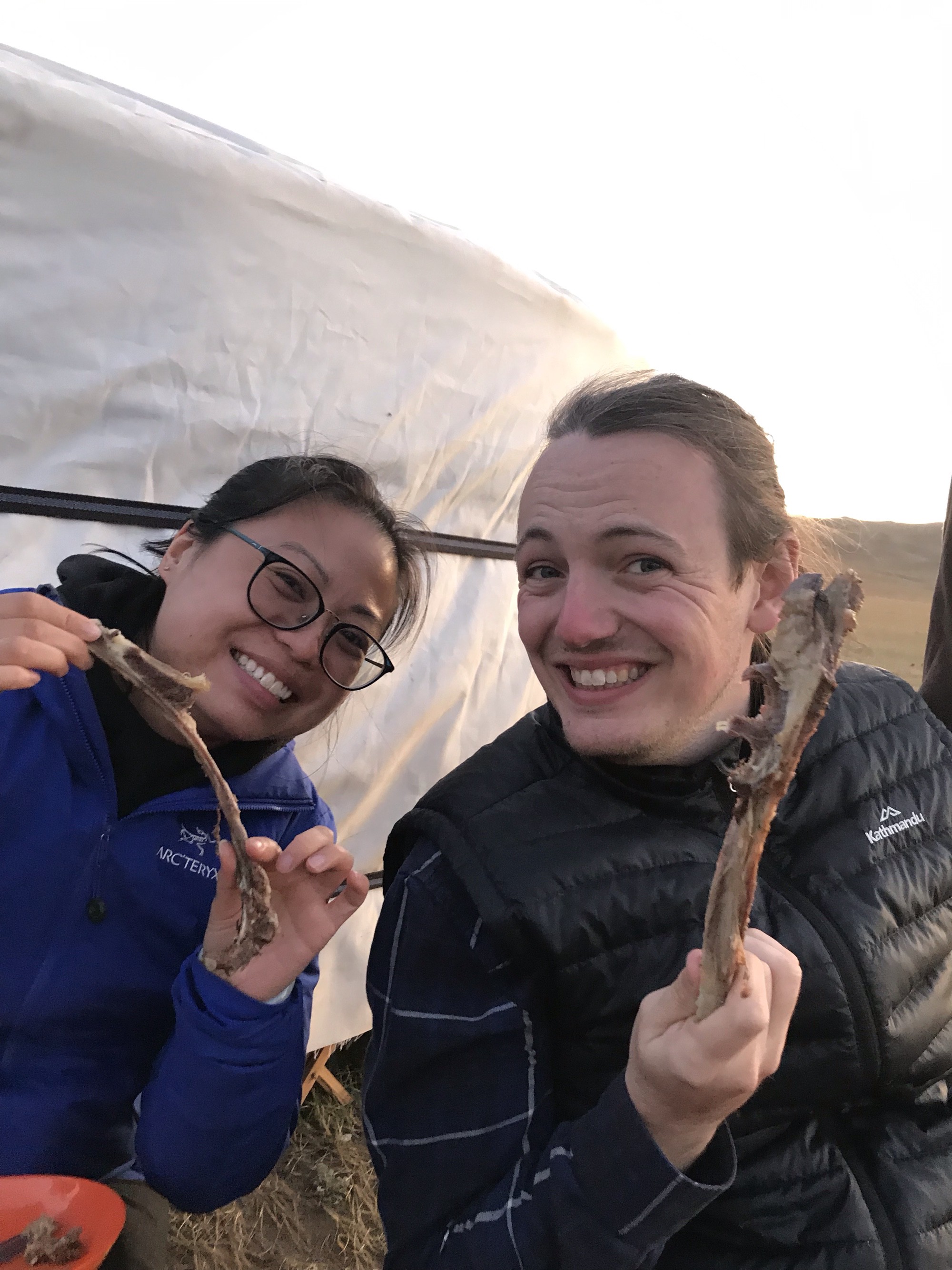

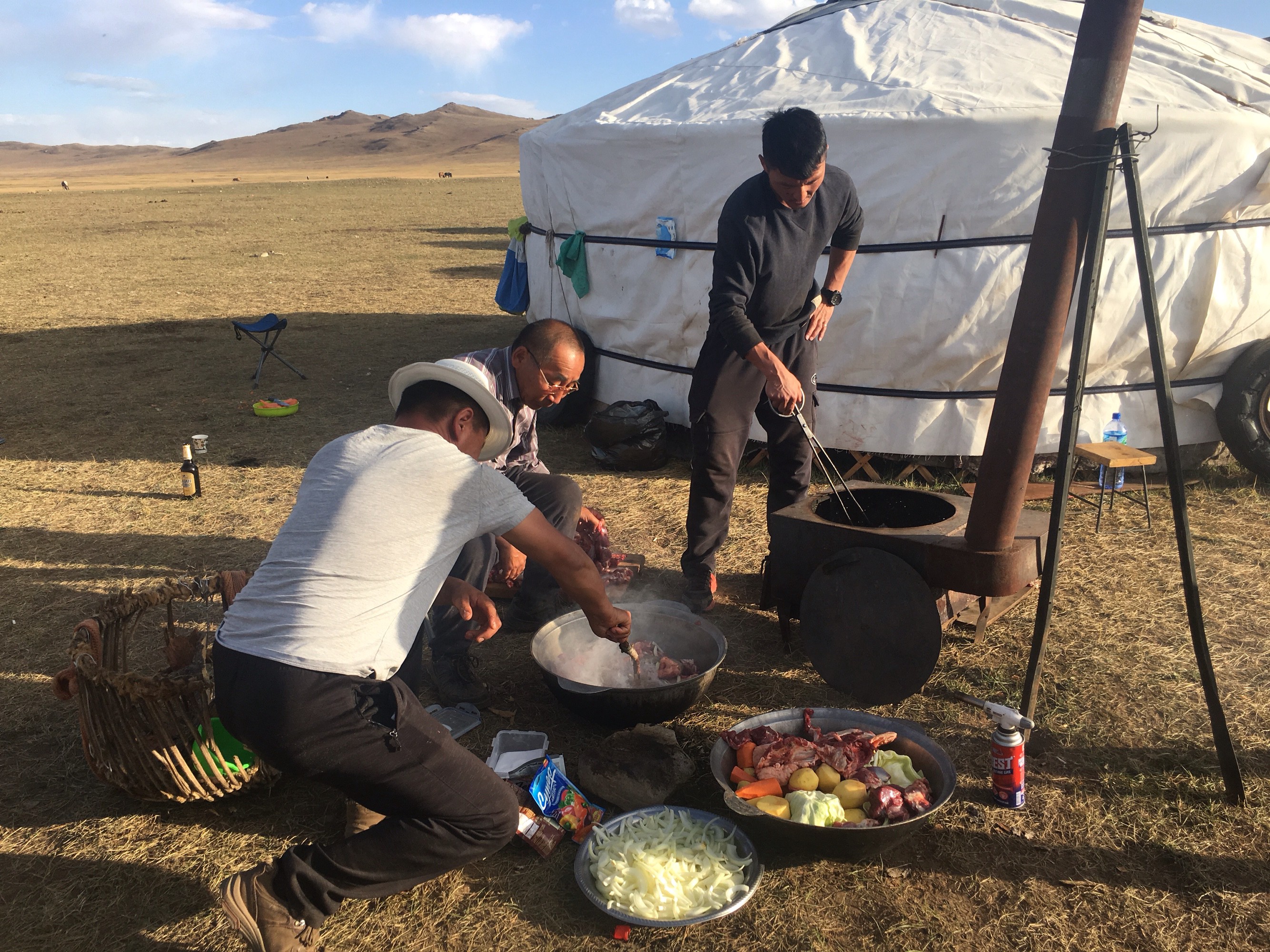

In case you were wondering?
While Mongolians are known for eating horse meat, during the tourist season, the eating of horse isn?t recommended (much to my relief) as it is too strong in flavour.
3) Prehistoric history.
A massive draw card for those who have an inner child resembling Indiana Jones, the Mongolian Gobi desert has more dinosaur fossils than any other paleontological reservoir in the world.
No visit to Mongolia is complete without a stay at The Flaming Cliffs site, also known as Bayanzag or Bain-Dzak. The authorities keep the exact locations of dinosaur fossil findings secret, to protect them from being pilfered for profit, but The Flaming Cliffs are famous for being the site of the very first dinosaur egg discovery. The sunrises and sunsets blaze like fire on these cliffs and at these magical times of day you will see fifty shades of red and orange in the rocks. You can see the skeleton of the Tarbosaurus ? the Mongolian cousin of the T-rex that also goes by the nickname T-baatar ? at the dinosaur museum in Ulaanbaatar.
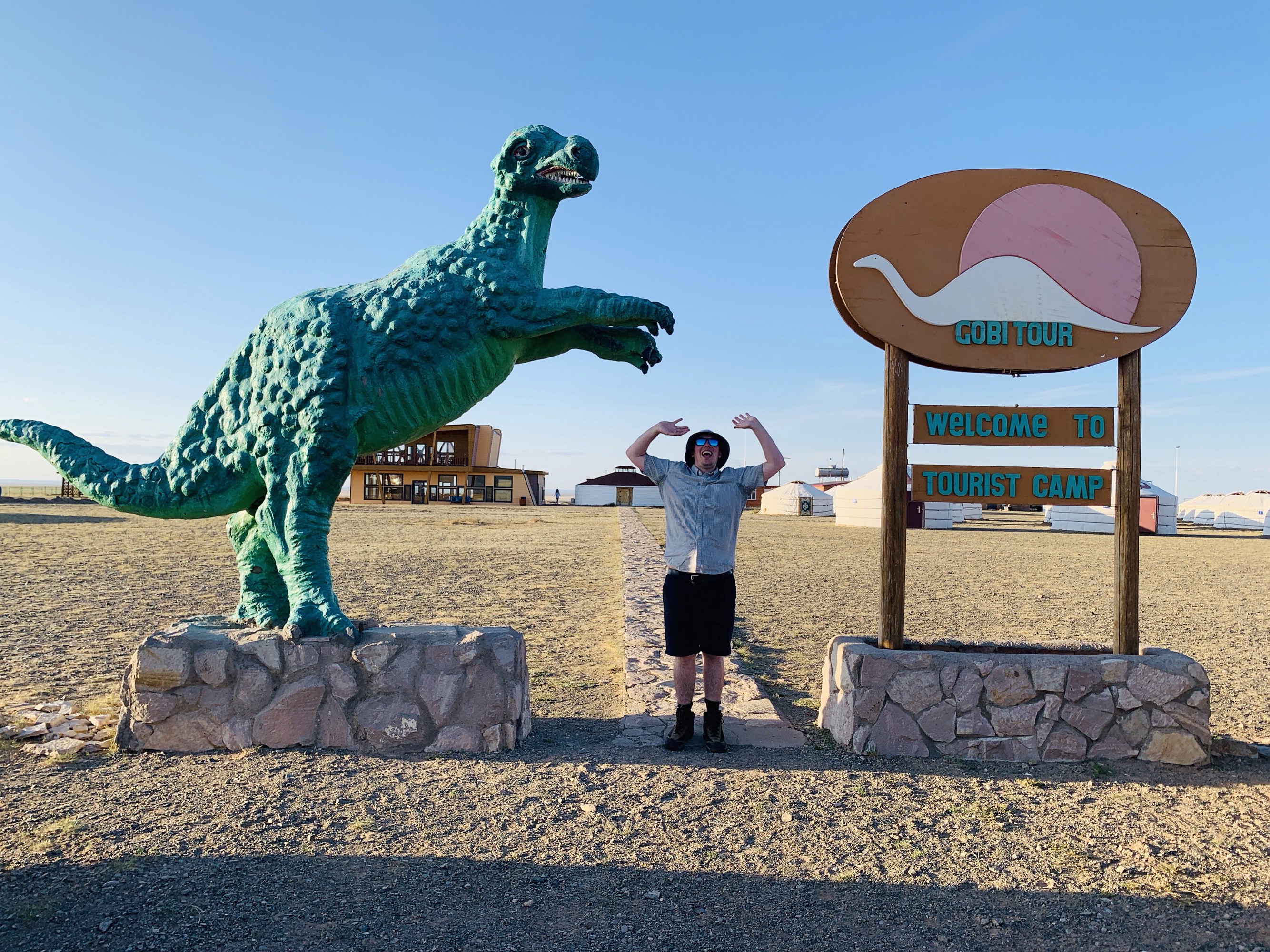
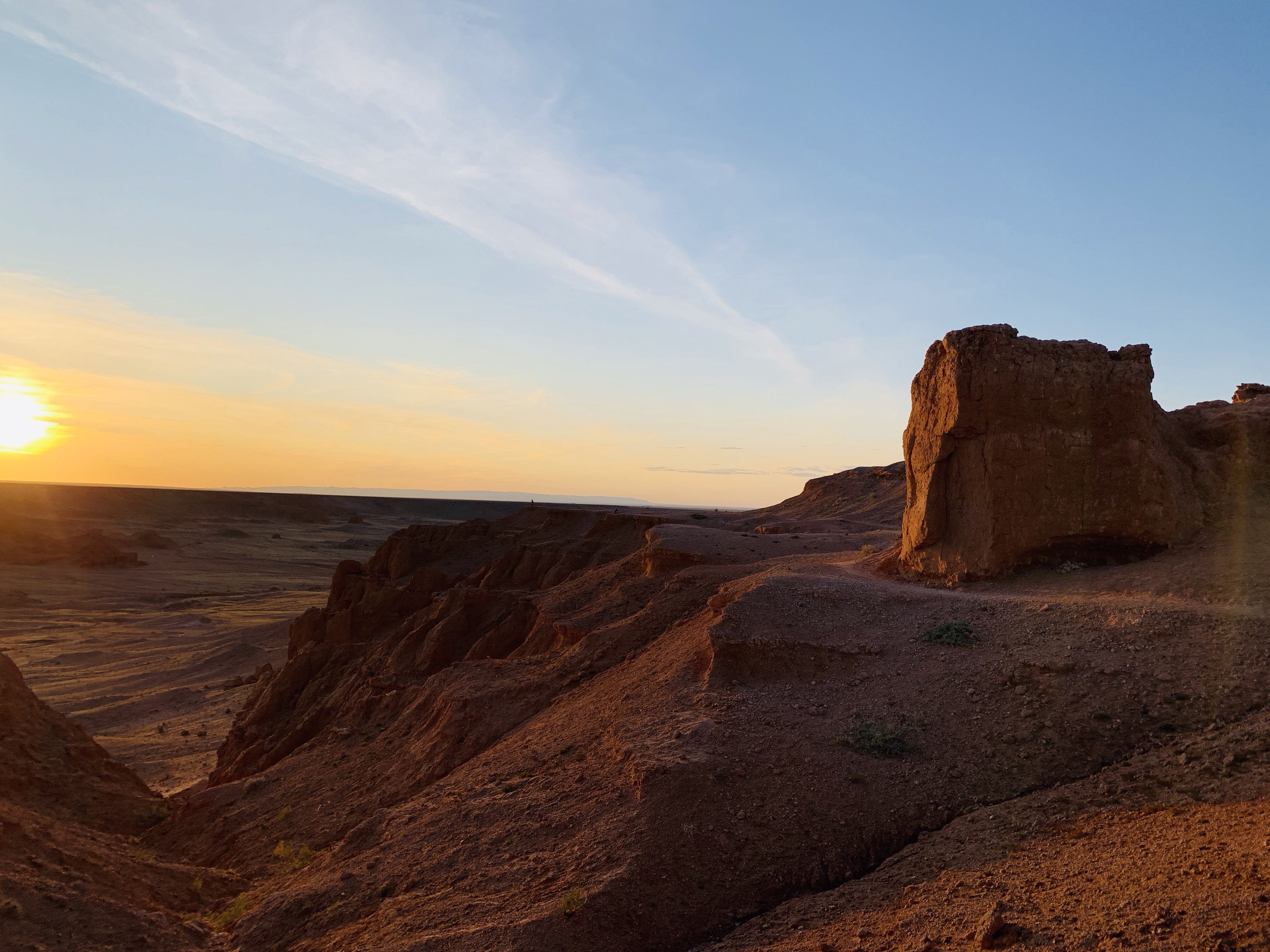
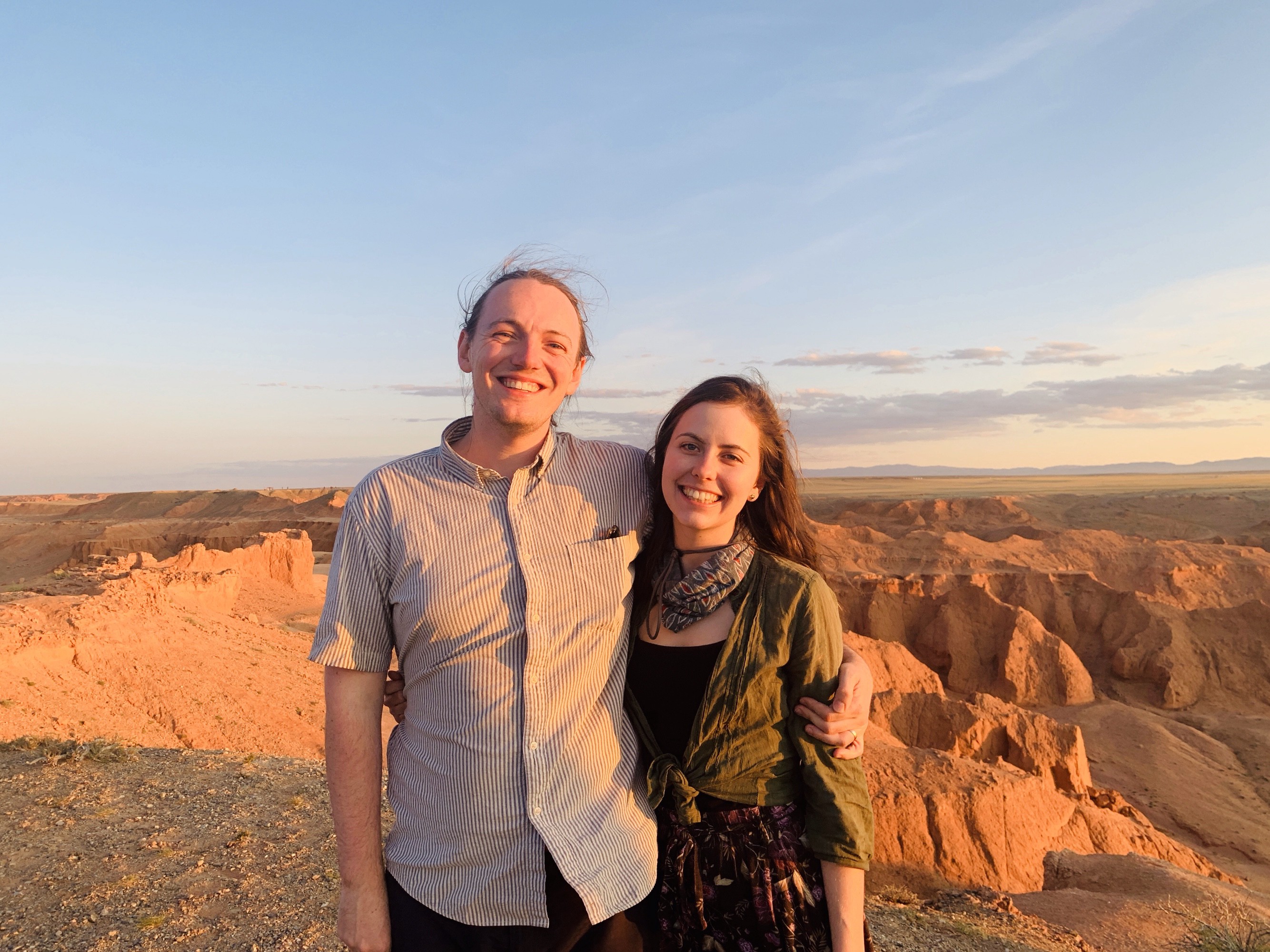
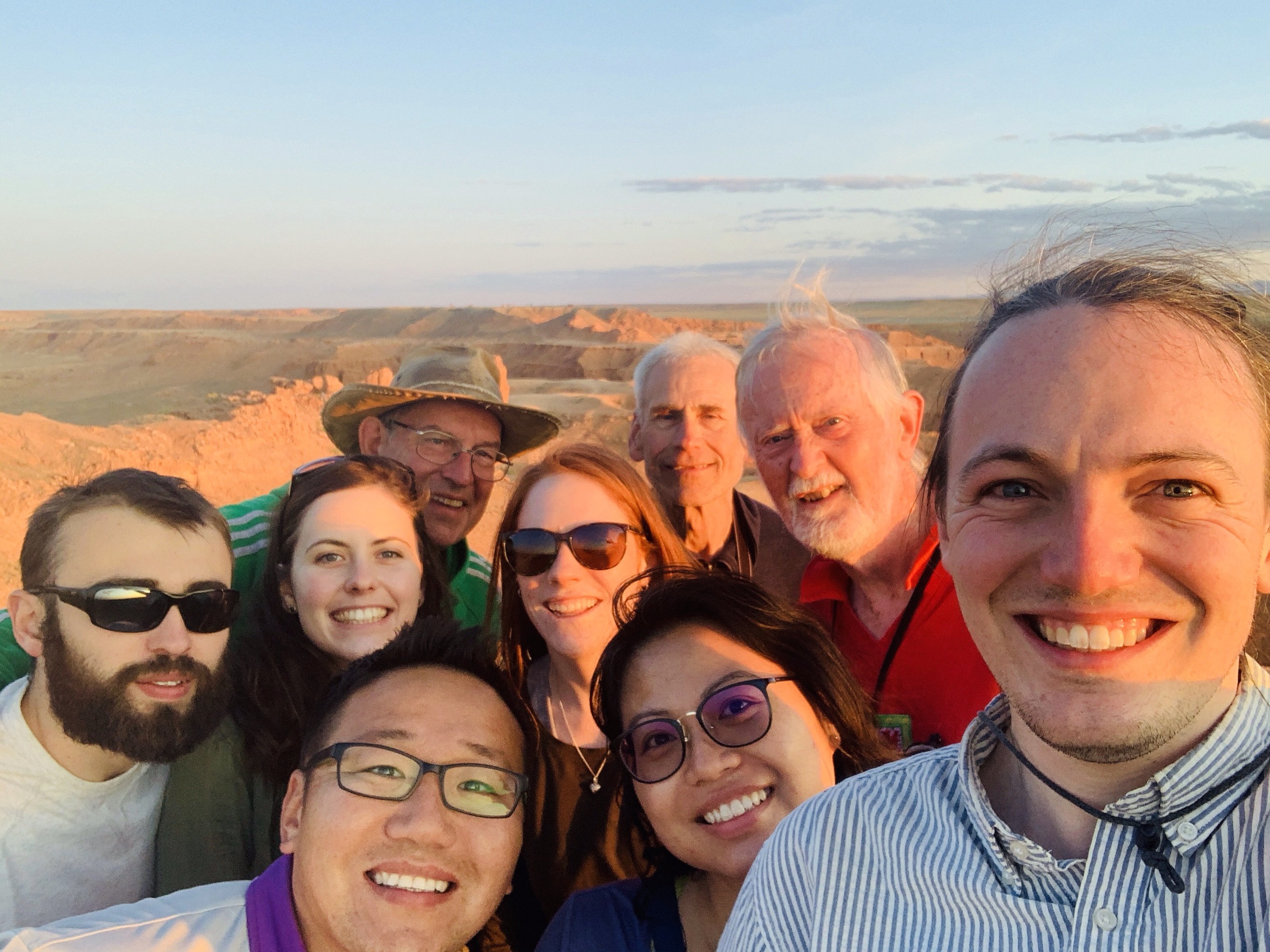
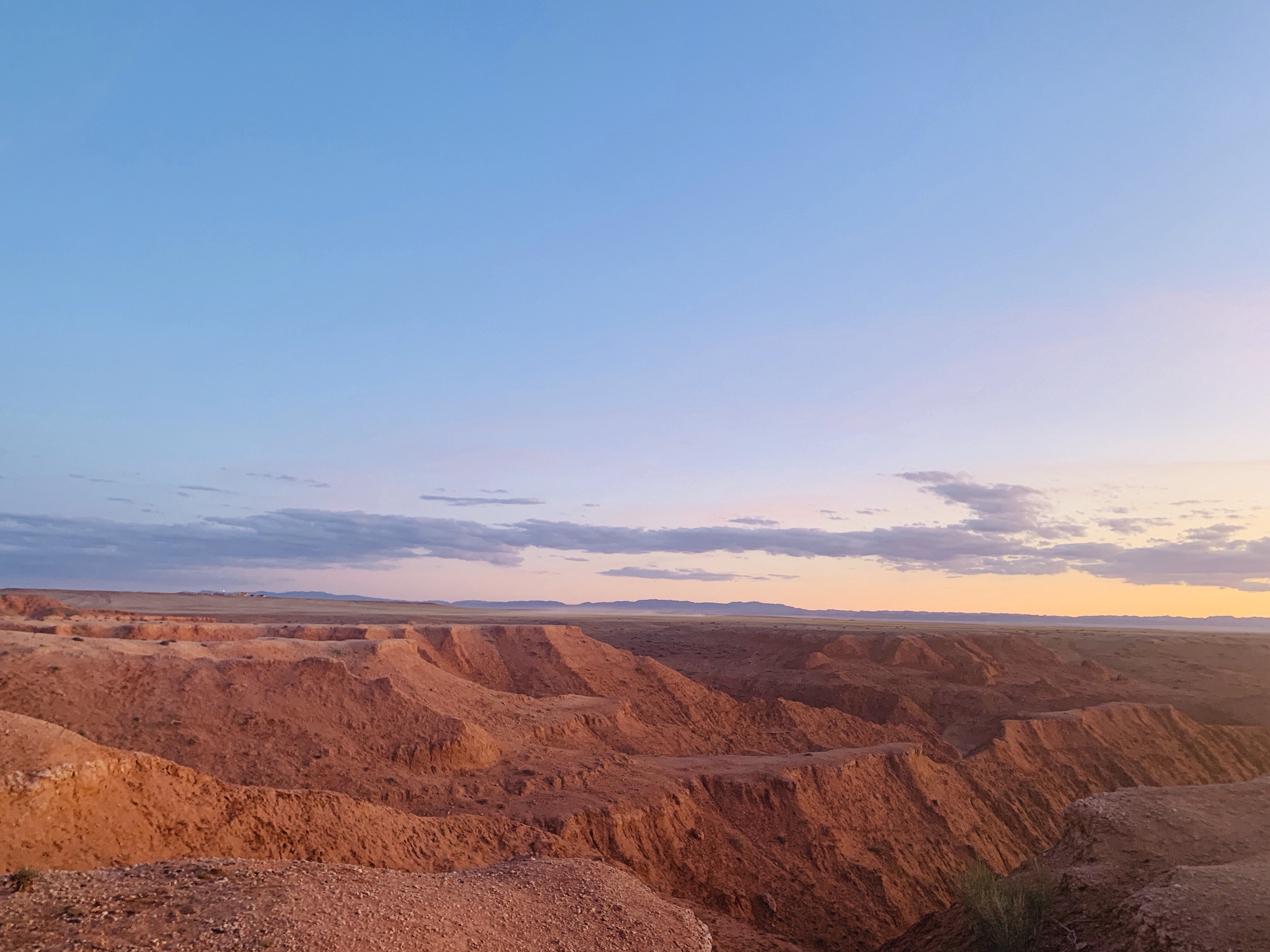
4) Wild horses.
If you love horses half as much as Mongolian people do, you will treasure the memory of encountering the Mongolian wild horses in Khustai National Park.
Also known as Przewalski?s horses, they are the only truly wild horses in the world. Other horses that might be wrongly called wild are actually feral versions of the modern domesticated horse. The Mongolian wild horse has a divergent DNA with an extra chromosome pair; it evolved separately from the modern horse and is its own distinct species. At one time extinct in the wild, they have been effectively reintroduced in Mongolia and now flourish.
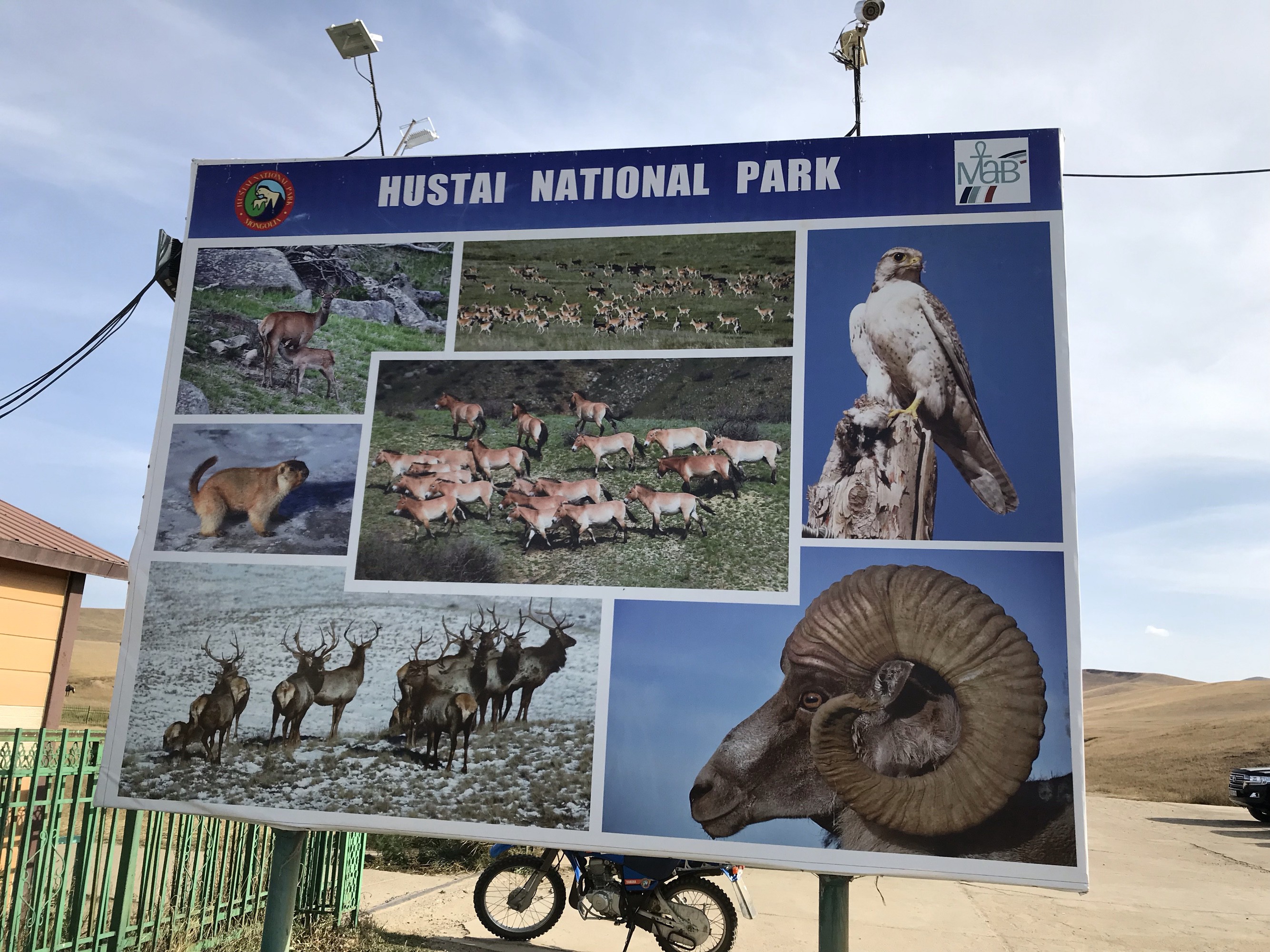


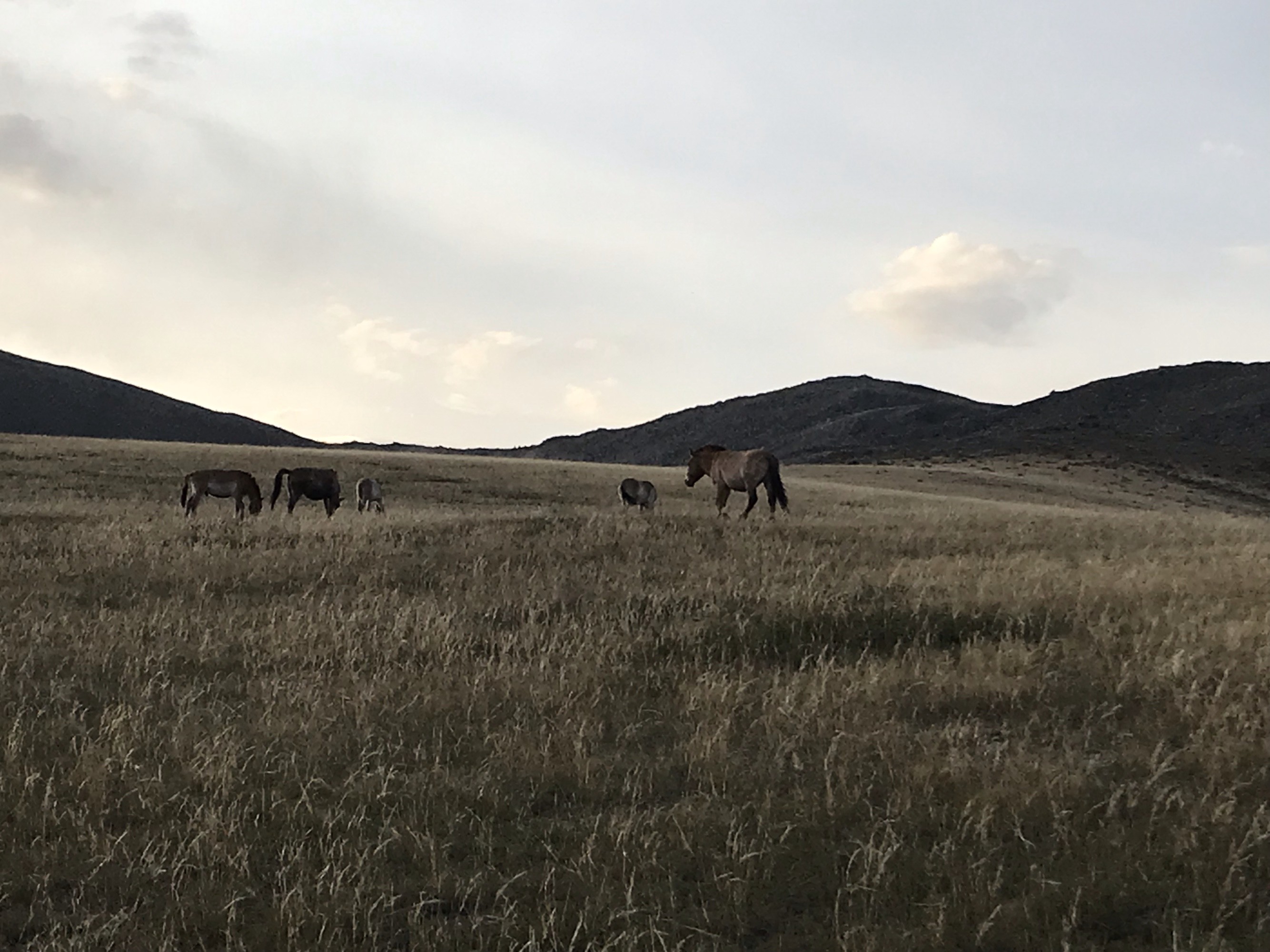
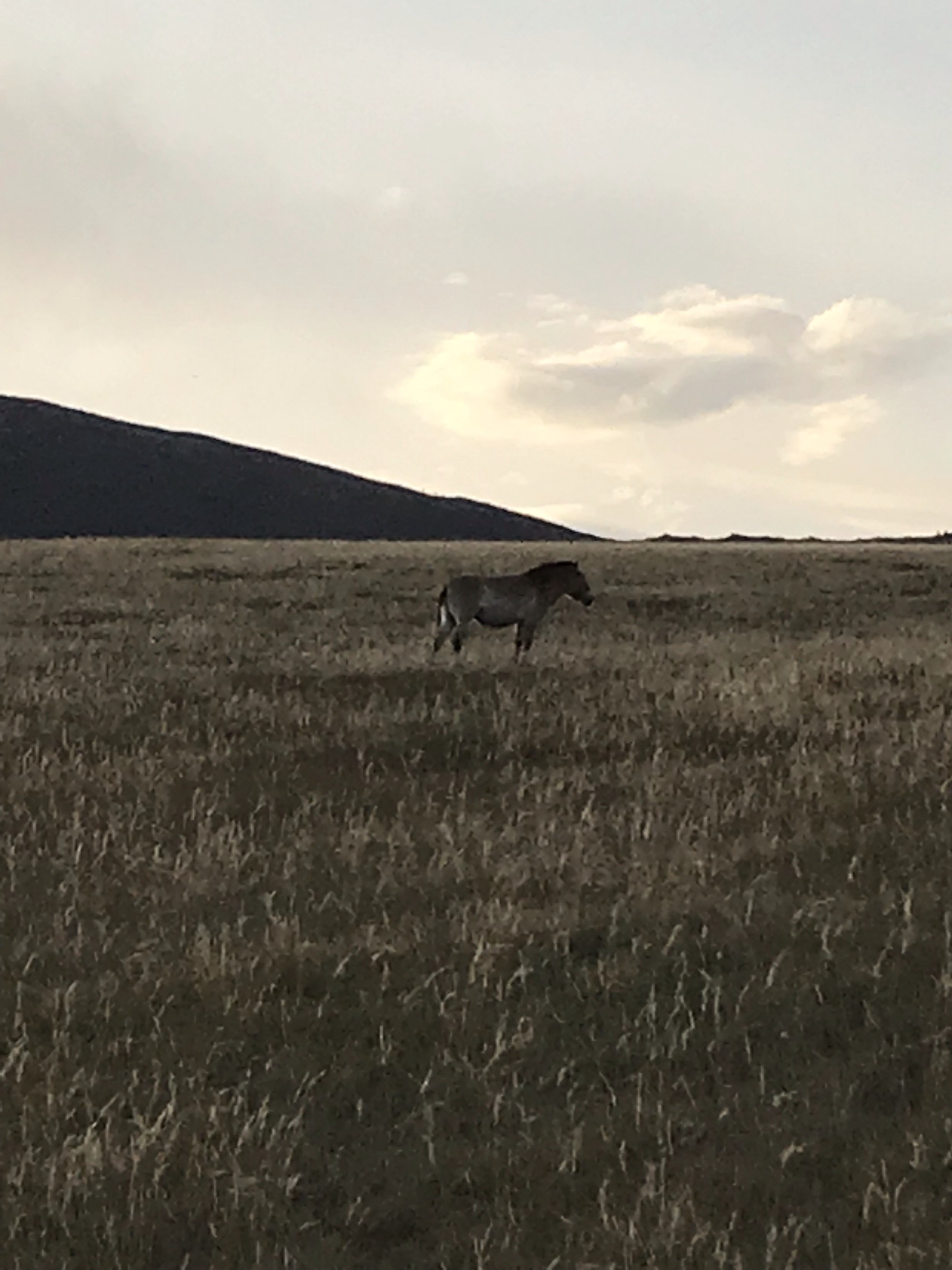
You have to admit, the horses? mohawk mane look is pretty schmick.
At sunset we ventured into the national park and stood next to a stream the horses visit each evening for a drink. In silence, we watched as they came down from the mountains with their young, hearing them whinnying to each other. We could feel the vibrations on the ground as they galloped around the hills. The silhouetted outlines of maral (Asiatic red deer) stood atop the mountains, surveying the landscape beneath them in a majestic manner. The bloodcurdling sound of wolves howling unseen around us made the hair on the back of our necks stand on end. We even glimpsed the cream figure of what could have been a wolf, or a fox, or perhaps even a lynx in the distance hunting for marmots.
5) Hot on the Chinggis Khan trail.
That?s right, in Mongolia it?s Chinggis, not Genghis as most people know him.
You can visit the Karakorum ruins which was once the capital of the vast Mongolian empire, or go and see his mighty likeness ? a huge 131 foot tall statue of the bloke on horseback. Out in the steppe we imagined the mongol warriors tearing through the landscape on horseback or visualised little baby Gengy being born in a ger clenching a blood clot in his fist. To top it all off, you can raise a glass to Chinggis Khan with the draft beer and vodka that share his namesake.
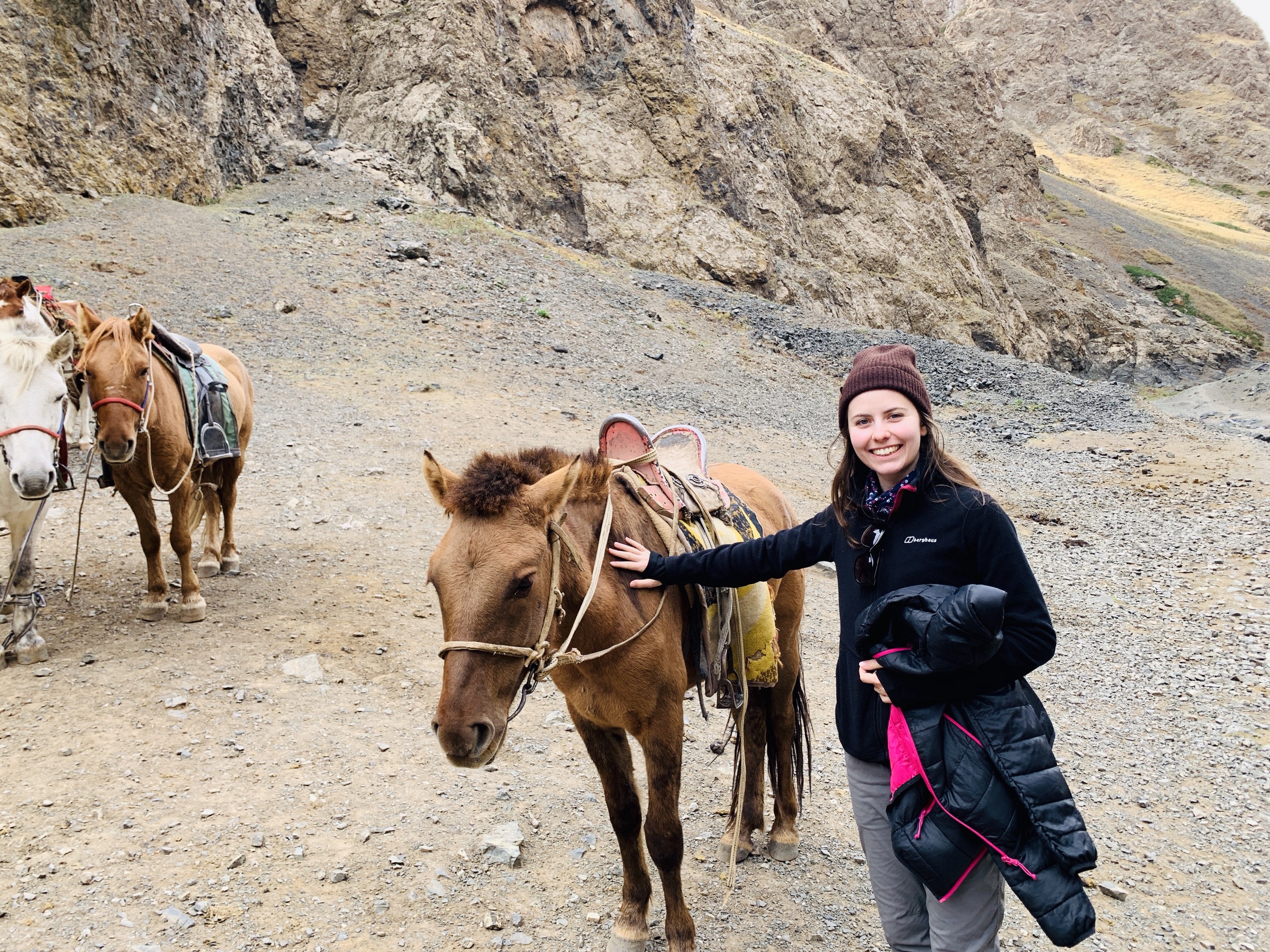
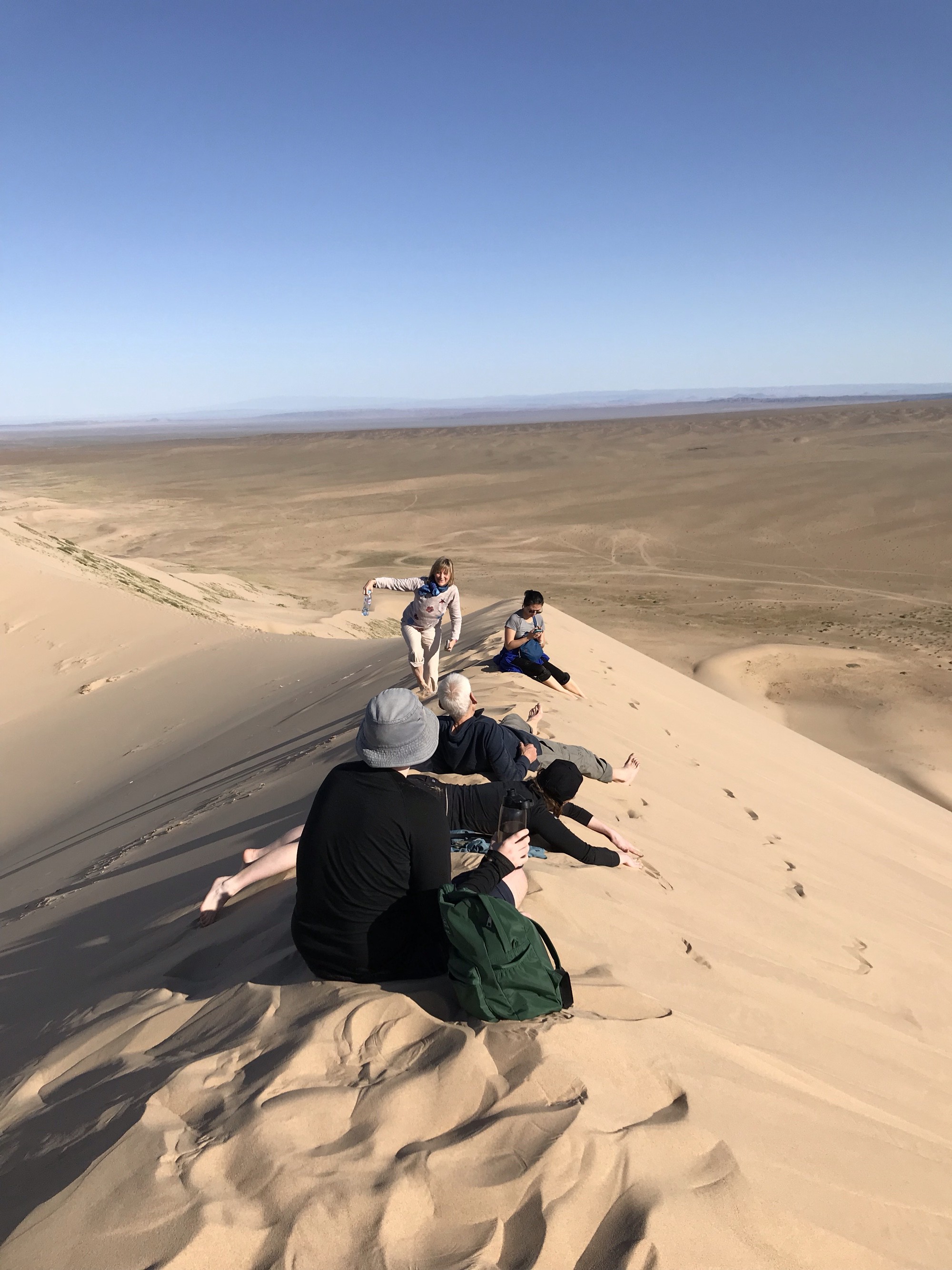

In fact, we could rename our travels to The Chinggis Khan Tour Of The World as nearly all of the countries we are visiting on this 9 month trip were conquered by the great Khan?s family.

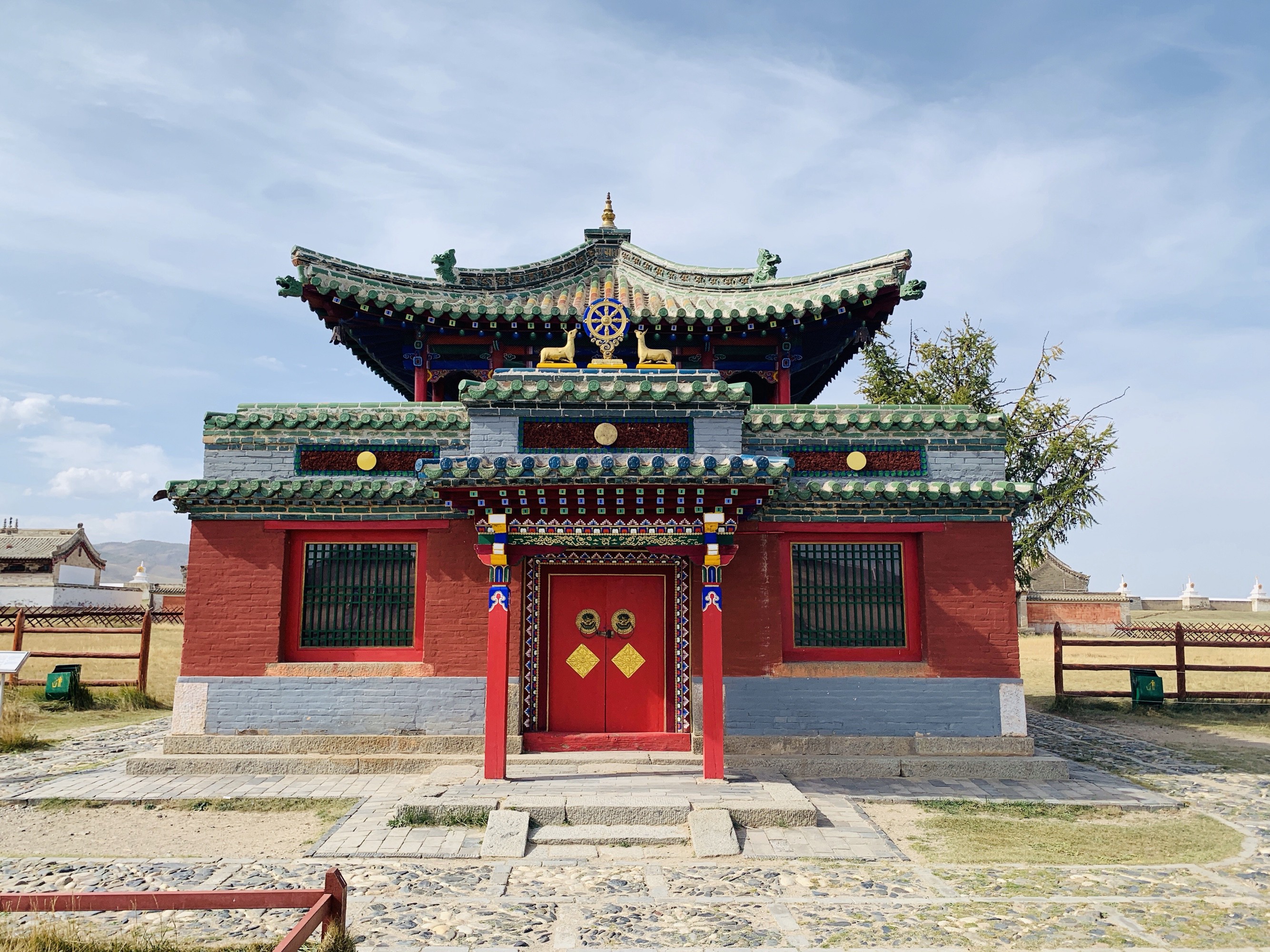
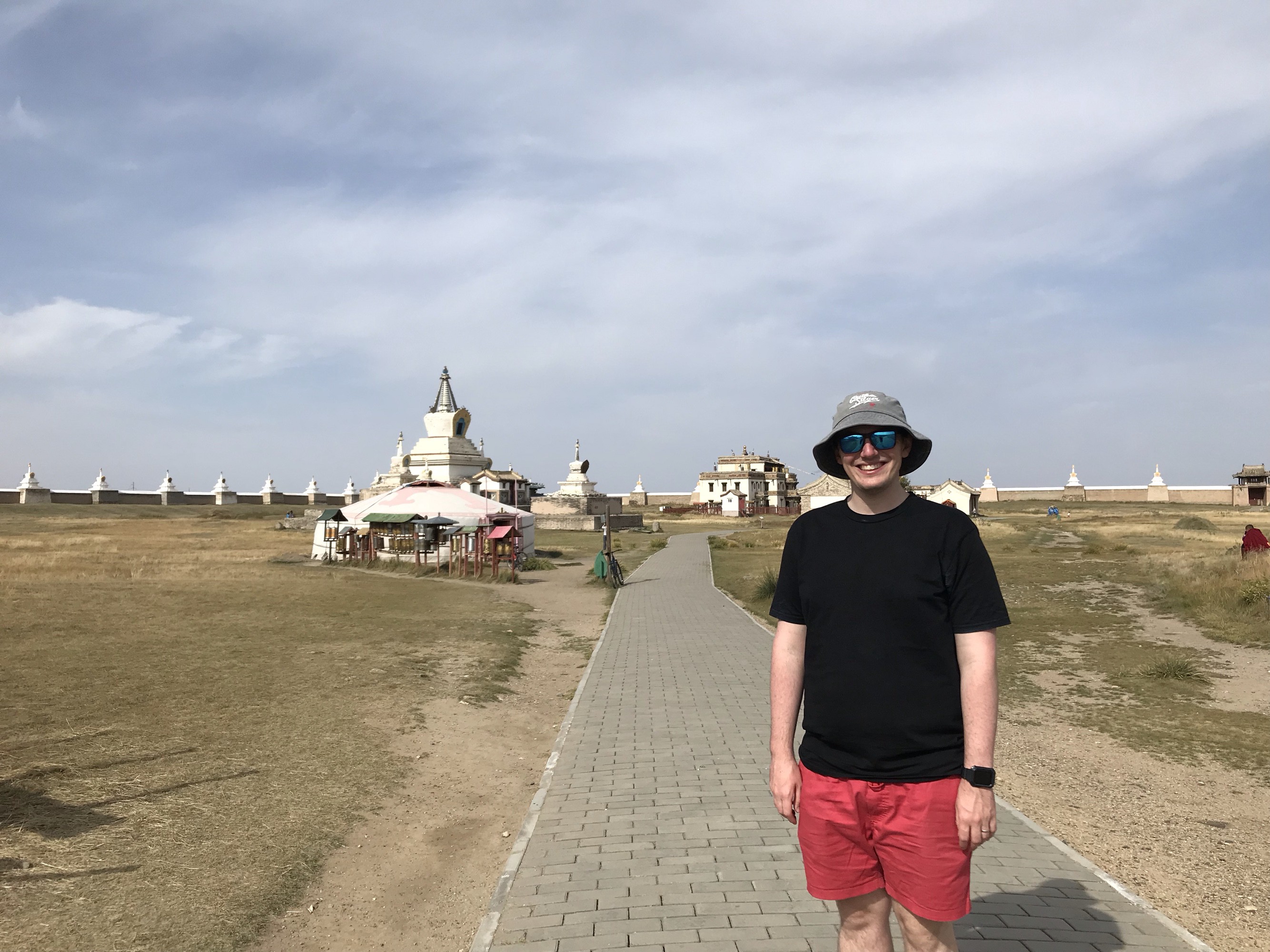
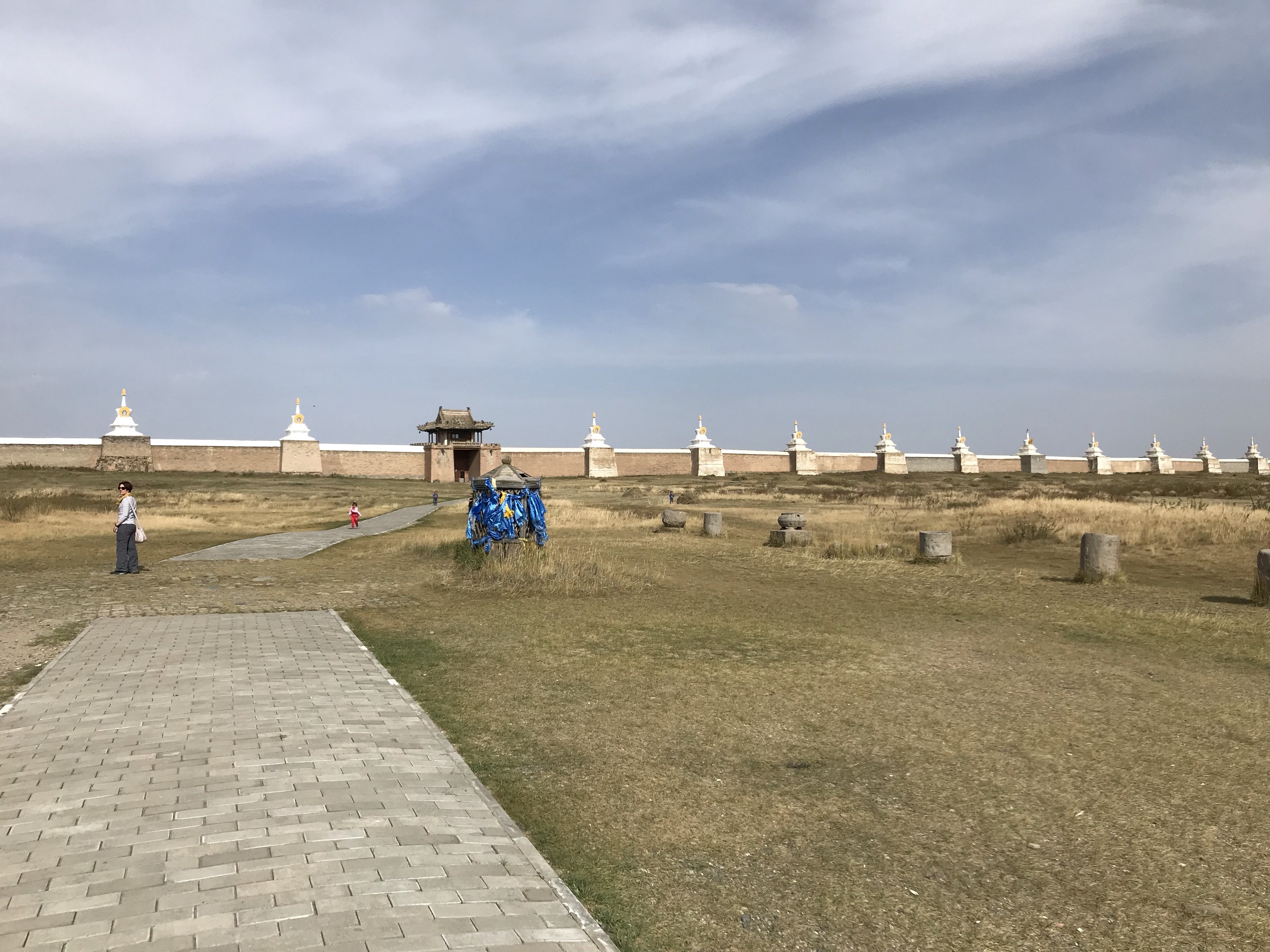
For a fascinating read on this history, check out Genghis Khan and the Making of the Modern World by Jack Weatherford.
6) Nomadic life.
My husband and I might fit under the zeitgeisty category of the digital nomad. We might consider the way we live our life out of backpacks, constantly on the move without a place to call home, quite nomadic.
We were keen, however, to experience the true nomadic way of life because last time I checked we weren’t herding sheep or living in ger camps whilst house sitting (but there is still time).
Even though the city draws many away from the traditional calling of nomadic herding, 25?40% of the population still preserve this ancient way of life.
Driving through Mongolia you will see countless gers which are the centre of family life. They move their camp at least 25 times a year to ensure their livestock continues to have plenty of grass to graze on. It is hard in the Winter and easy to lose animals to the cold conditions so it takes a great deal of know-how to thrive. Despite the introduction of the motorbike, which has made it easier for the families to round up their animals quickly and get from A to B, horse riding is still an important part of Mongolian culture.



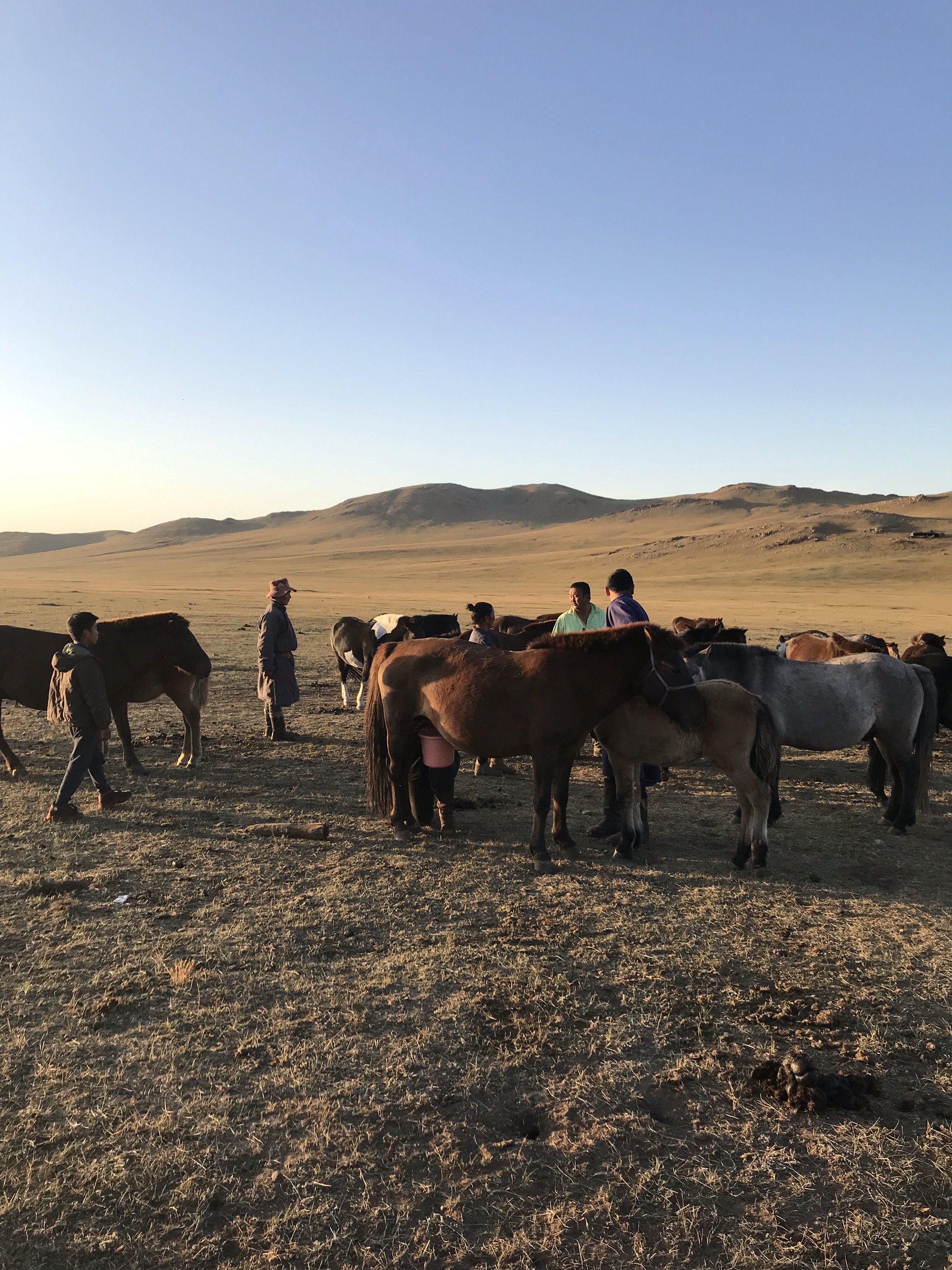 Our time staying with the nomadic family ? drinking airag and watching their mares get milked.
Our time staying with the nomadic family ? drinking airag and watching their mares get milked.
Our guide, who grew up in a ger living the nomadic way of life, told us that you always know how good a nomadic family?s fermented mare?s milk (or airag) is by how many children they have.
It is the children?s job to churn the raw unpasteurised horse milk in the goatskin bag each night. The churning process makes it mildly alcoholic and you will always be offered some if you visit a nomadic family. Think White Russian cocktail (vodka and milk) with a horsey flavour.
Even city dwellers bring aspects of this culture into their day-to-day life.
There are even ger districts just outside Ulaanbaatar?s city centre, for those preferring felt to concrete walls. Drivers might tie a blue Buddhist prayer flag to the dashboard of their car to protect them from harm on (or indeed off) the road. They might also relish some homemade airag whenever they get the chance. Our drivers filled up a 5 litre bottle of it after the night with the nomadic family and shared it as a night cap before bed.
7) Ger camps.
Stay in one of these and you?ll never want to live anywhere else.
During the Summer months there are tourist ger camps offering spacious double, twin and family gers. The gers are made up of wooden columns and felt covers held together with rope which keep you protected from the elements. They are usually painted vibrant orange with intricate patterns of blues, purples and greens inside. There is usually a sky light ? a round exposed circle on top ? which you can either see the stars out of from your bed or cover up to prevent getting rained on.
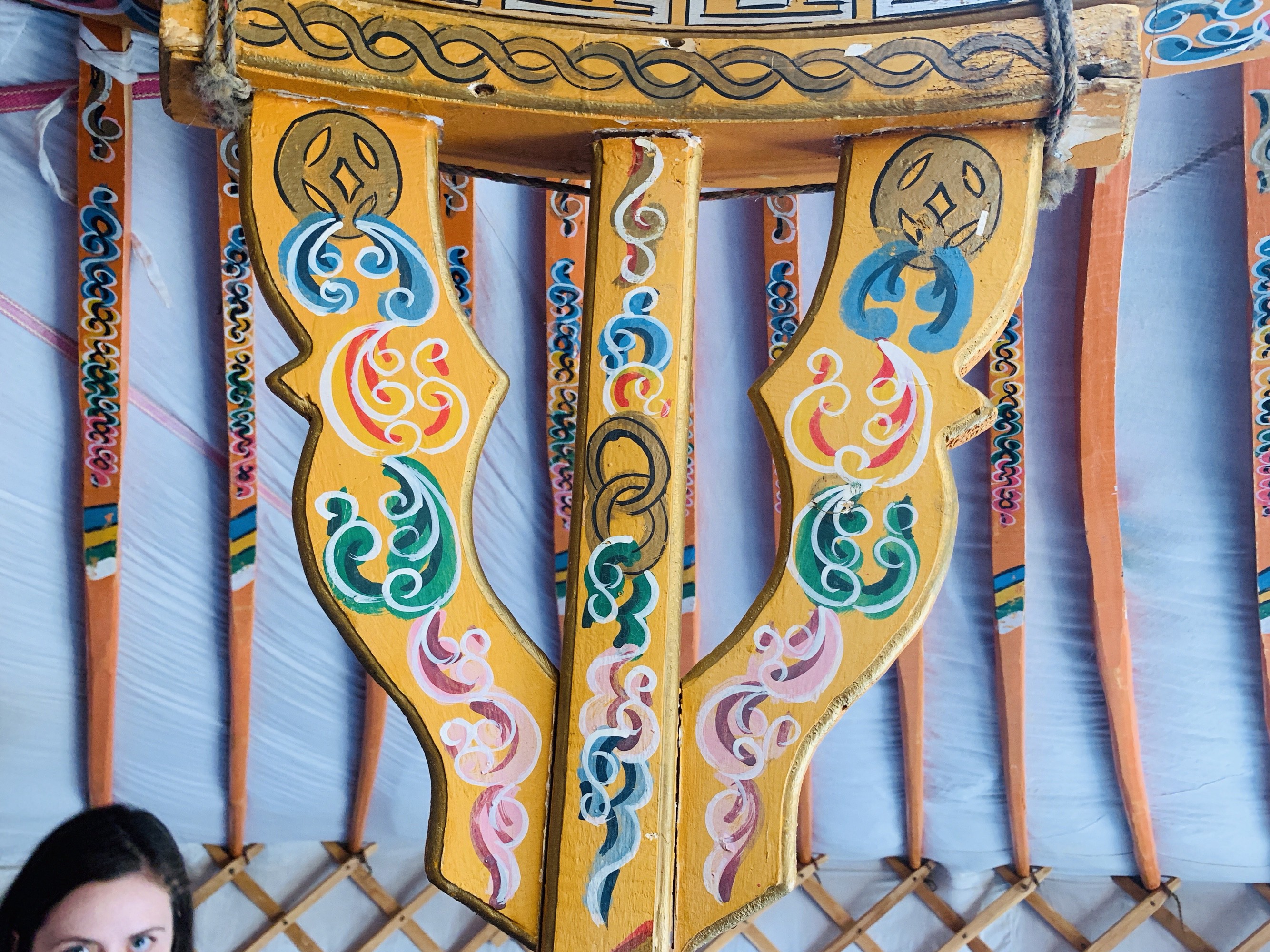
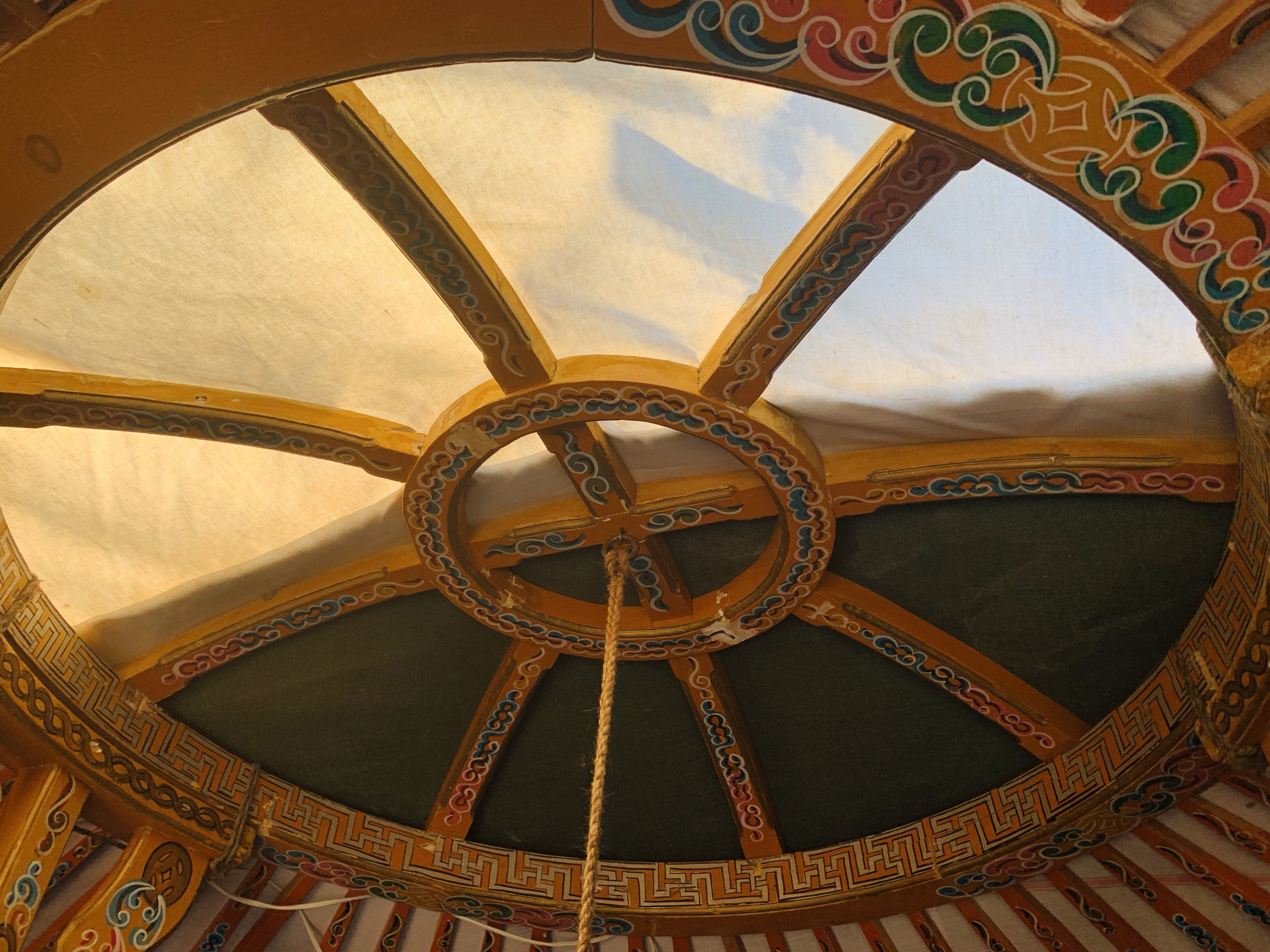
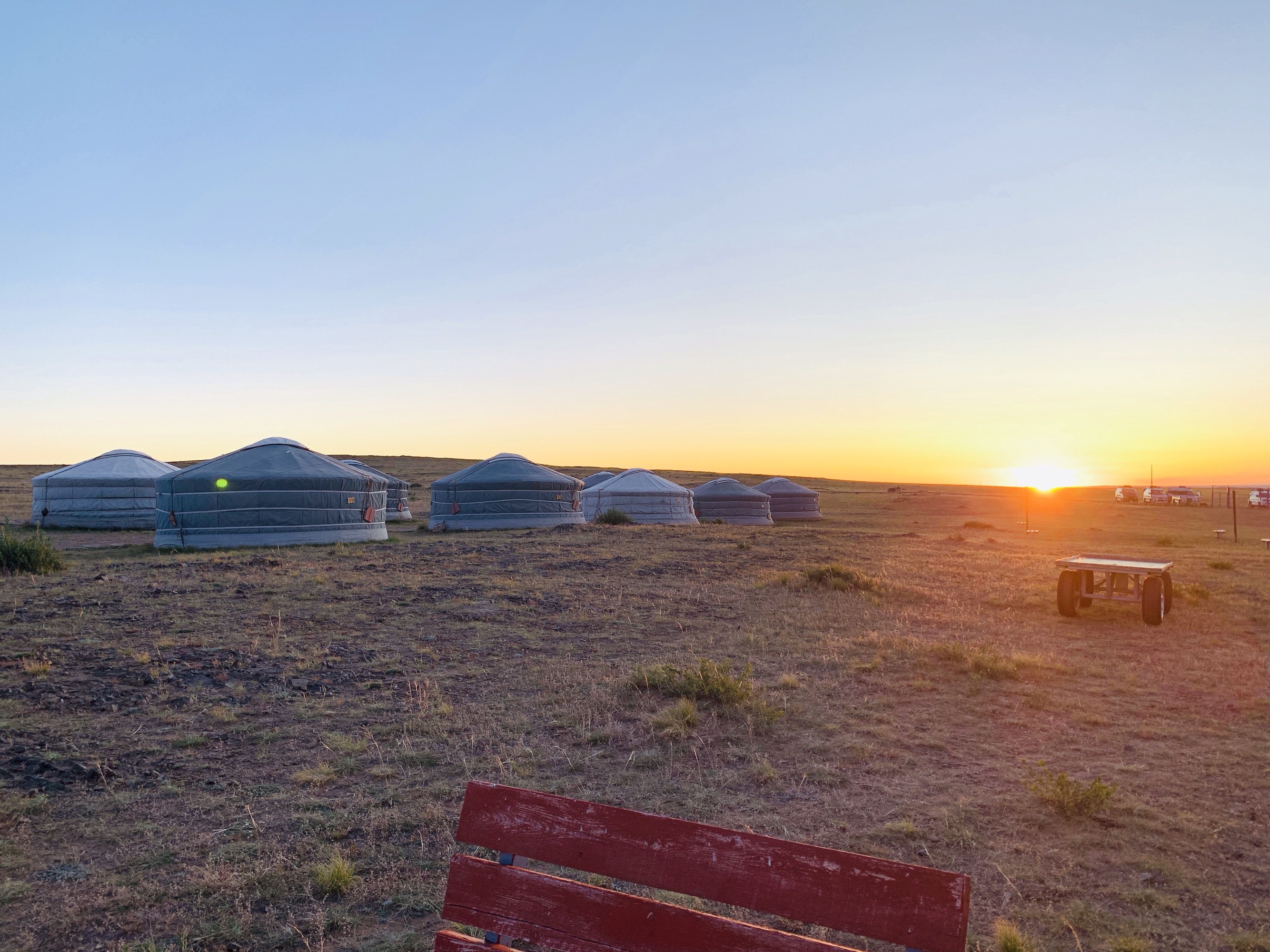
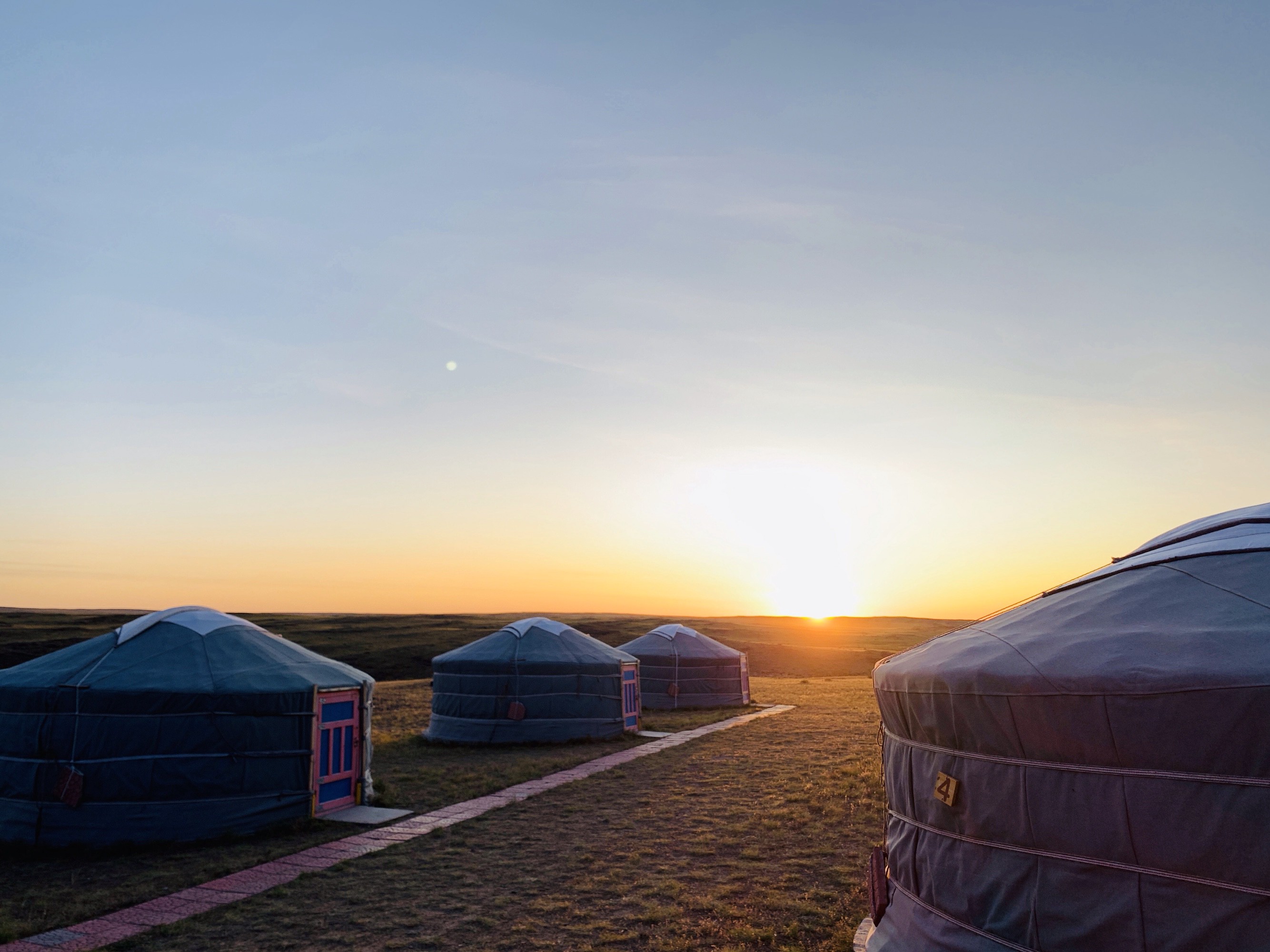

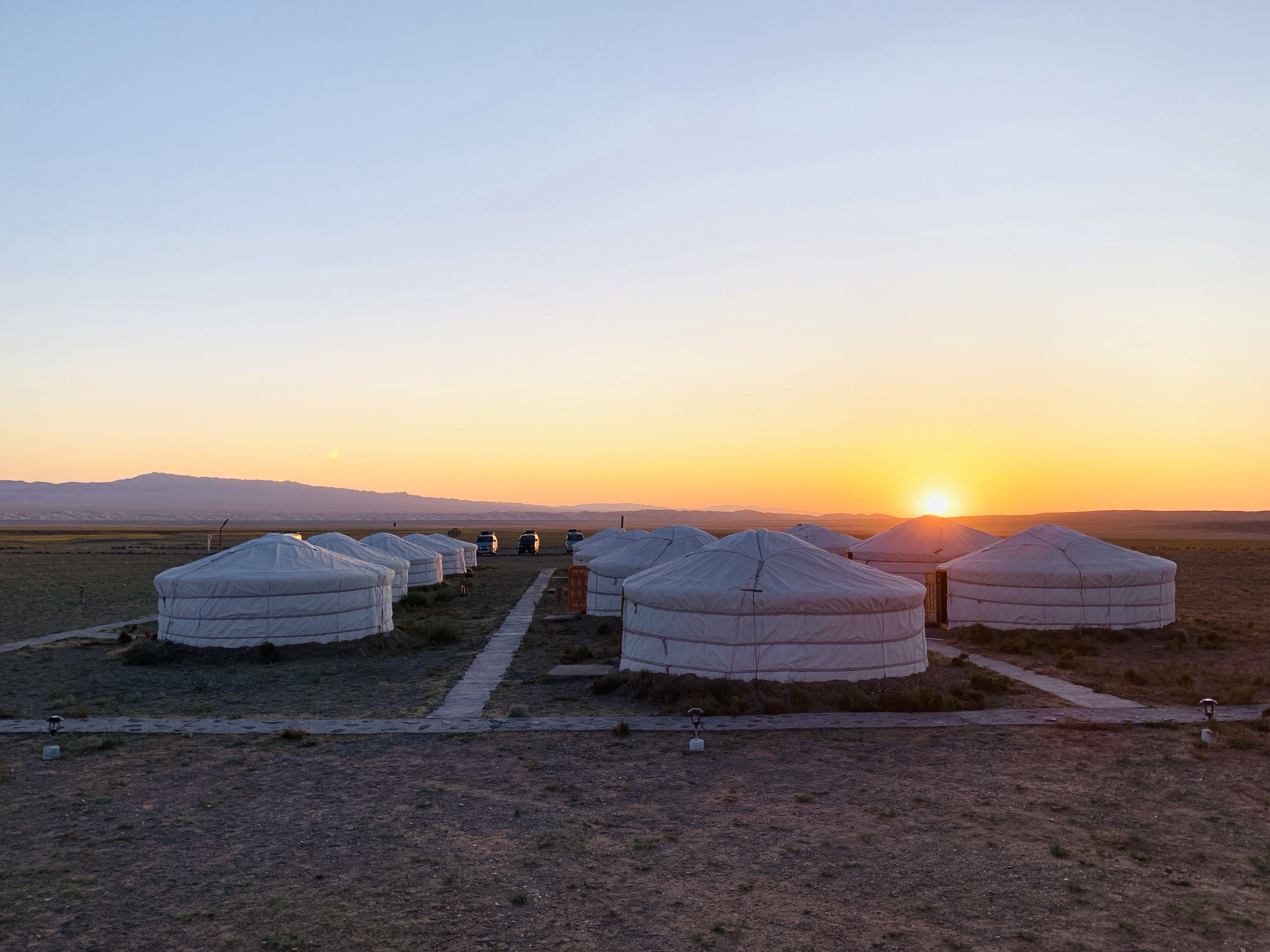
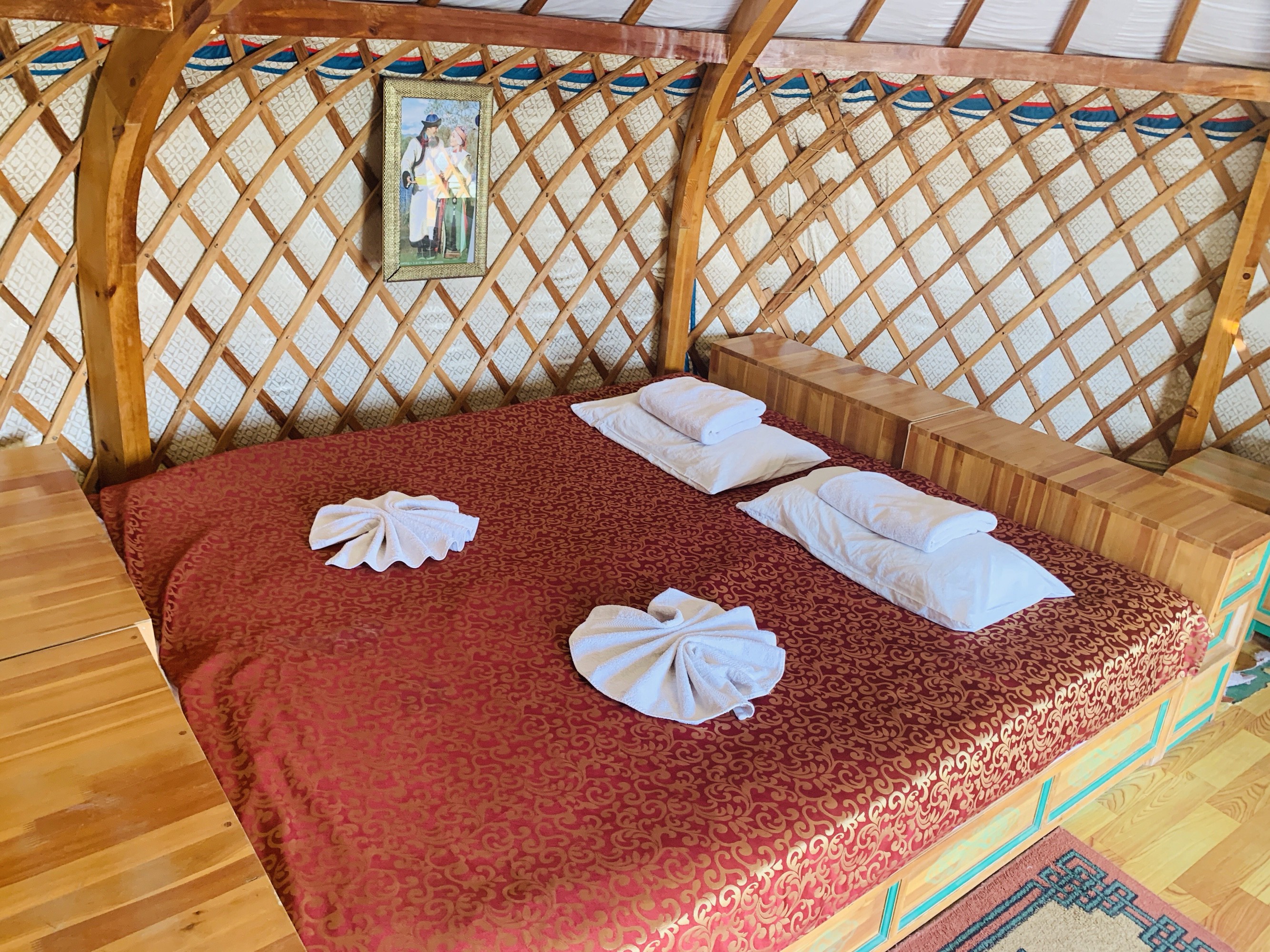
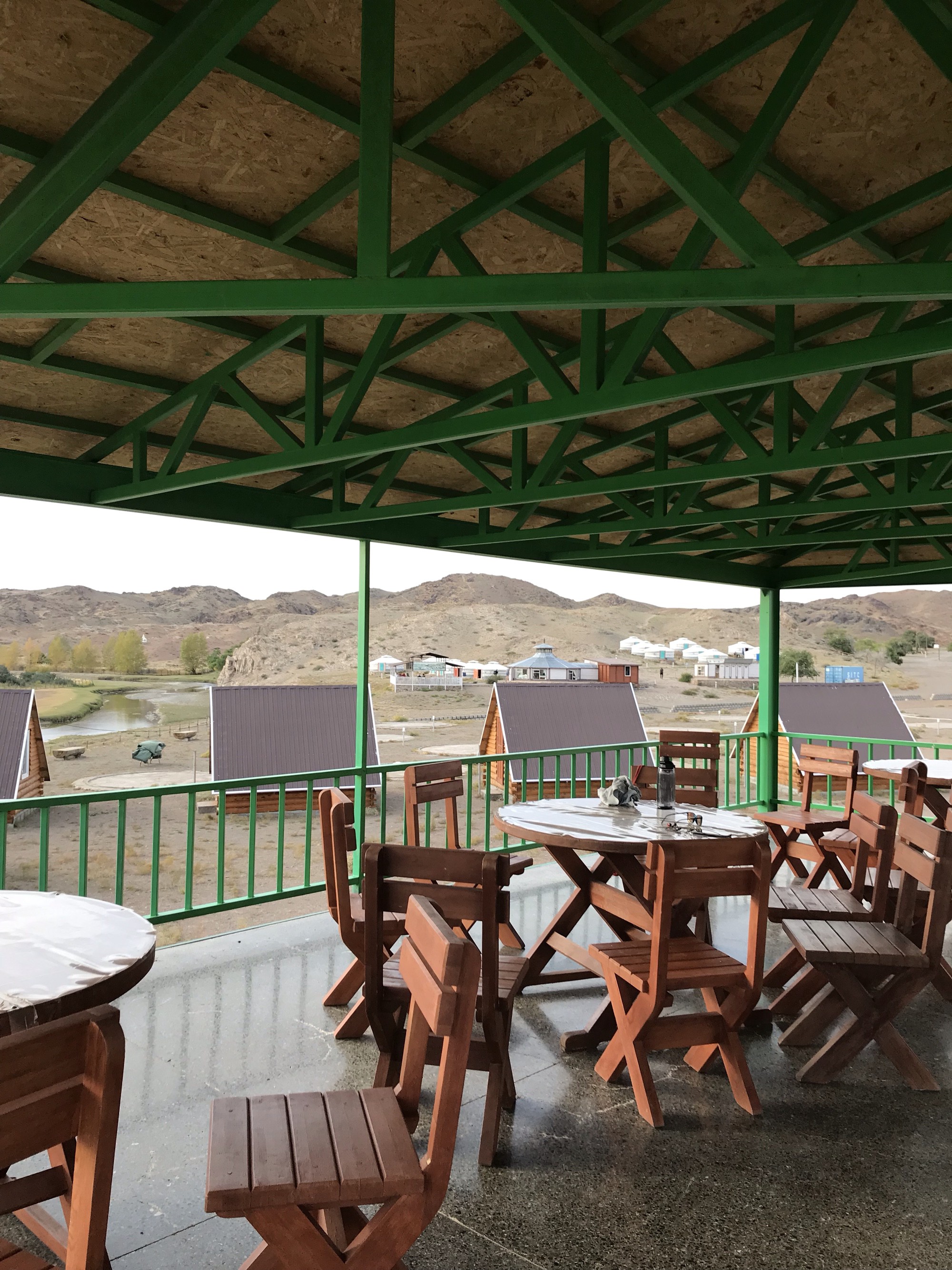
These tourist ger camps have luxuries which nomadic families do not.
We had access to a toilet and shower block with varying levels of water pressure (it is a desert after all) and a restaurant serving three course meals. This form of glamping costs a fraction of the price of one of those hipster escape-to-the-country Airbnb gers that are popping up in people?s backyards. Stay in a nomadic family ger and you will see a small kitchen, a Buddhist prayer shrine and some mattresses to sleep on. You will be washing in streams, cooking on a stove and squatting in the few-and-far-between bushes.
Now, full disclosure, the doors to the gers are short so if you?re forgetful like me you?ll probably bang your head at least once a day.
You?ve got to keep your food hanging out of reach of the desert mice who will happily sneak in under the cover of darkness and chew their way through your luggage. The charm of the gers, however, will leave you reluctant to return to an ordinary hotel room.
8) Rich culture.
With their unique nomadic way of life, connection with nature and history of an empire, a trip to Mongolia is a fascinating cultural experience.
In Ulaanbaatar you can see remnants of the Communist regime in the crumbling Soviet architecture. Sadly a lot of the Buddhist temples were destroyed with Stalinist repressions in the 1930s ? some 30,000 monks were slaughtered or sent to gulags at this time ? but since the fall of Communism they have seen a revival of religious life and are gradually rebuilding these spiritual hubs. The traditional religions of the nomadic people ? Mongolian Buddhism and Mongolian shamanism ? are the dominant religions in society.


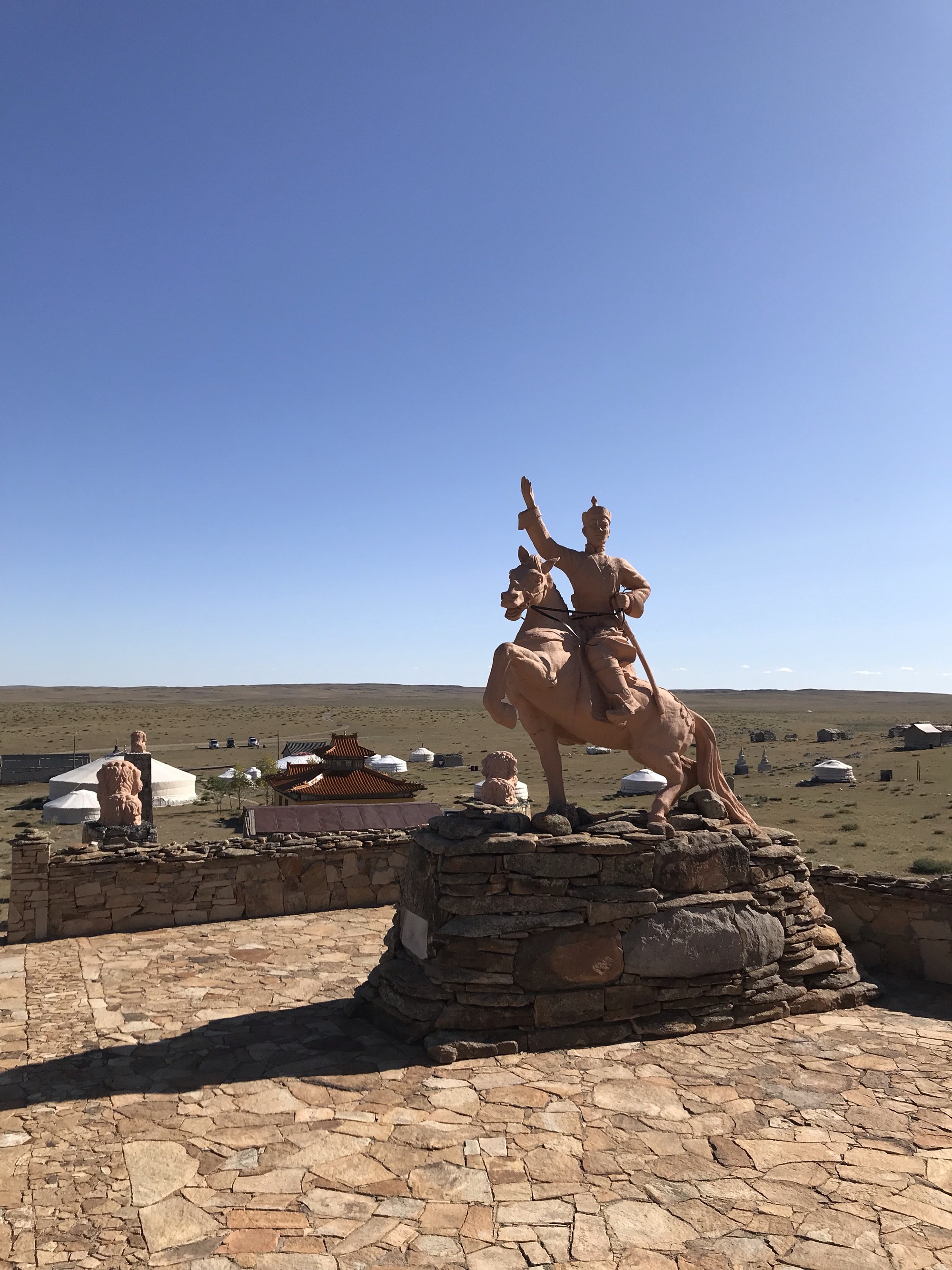


The three main themes of Mongolian music are love, horses and the mountains.
You don?t have to spend long in the country to realise that Mongolian people are extremely passionate about their music. Our drivers loved to play traditional Mongolian music in the cars all day so we got plenty of exposure to this even if we couldn?t sing along as well as they could.
The HU is a contemporary Mongolian rock band that blends traditional Mongolian music elements like throat singing with heavy metal.
Mongolian throat singing
We also experienced Mongolian throat singing at a cultural show in Ulaanbaatar which even when you hear it live you can?t quite believe it is physically possible.
https://www.youtube.com/watch?v=1rmo3fKeve
Naadam festival
We would love to return to Mongolia one day for the Naadam festival. Usually around the 11?15 July each year, the Naadam festival is a celebration of traditional nomadic culture. Naadam means the three games of men ? wrestling, horse riding and archery ? but there is also singing, dancing and performing.
 Mongolian wrestling at Naadam festival (Source).
Mongolian wrestling at Naadam festival (Source).
9) Budget.
While there really is no way to travel around the country safely without being on a tour with highly experienced drivers, it is also possible to visit Mongolia on a shoestring. Once you get there it isn’t expensive to eat out and visit museums.
We chose the Nomadic Mongolia G Adventures tour because of their commitment to sustainable and responsible tourism; their core value is that travel is an exchange, not a commodity. Nearly all of our meals were included so all we had to pay for was water and snacks. This made it easier for us to budget our time there.
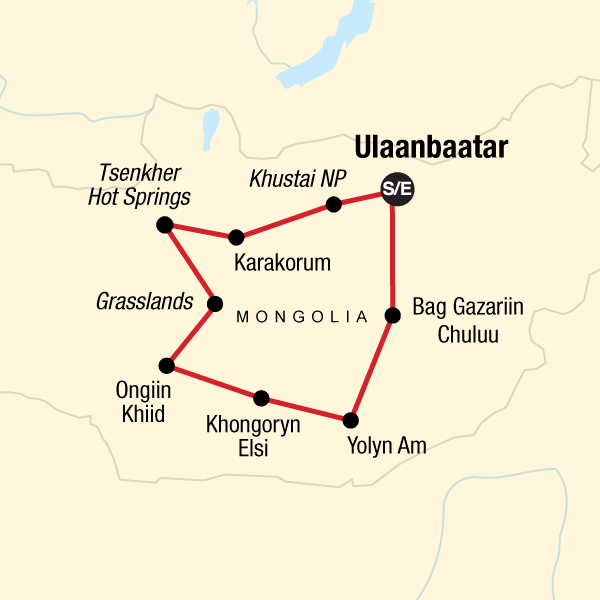 The route our G Adventures tour took. Source
The route our G Adventures tour took. Source
10) R&R.
Mongolia gave us a good balance of thrills and chills.
Spending days in the Mongolian steppe made us feel so relaxed and, because it is so far removed from anything you experience in day-to-day life, you really feel like it is a break. Away from crowds, fast-paced city life and WiFi, it gave us time to think uninterrupted, open our eyes to our surroundings and realise that perhaps we didn?t need to be so constantly contactable.

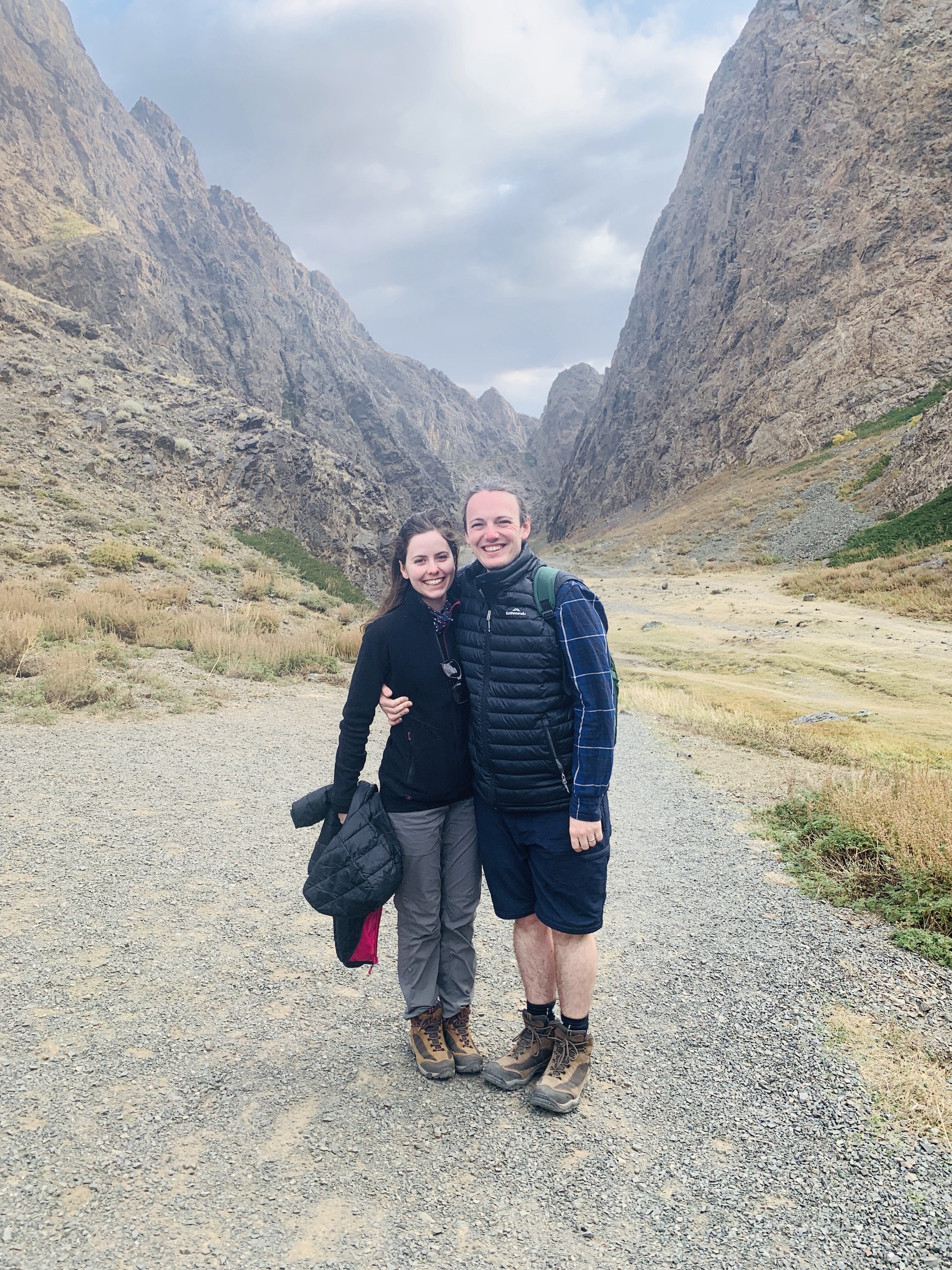
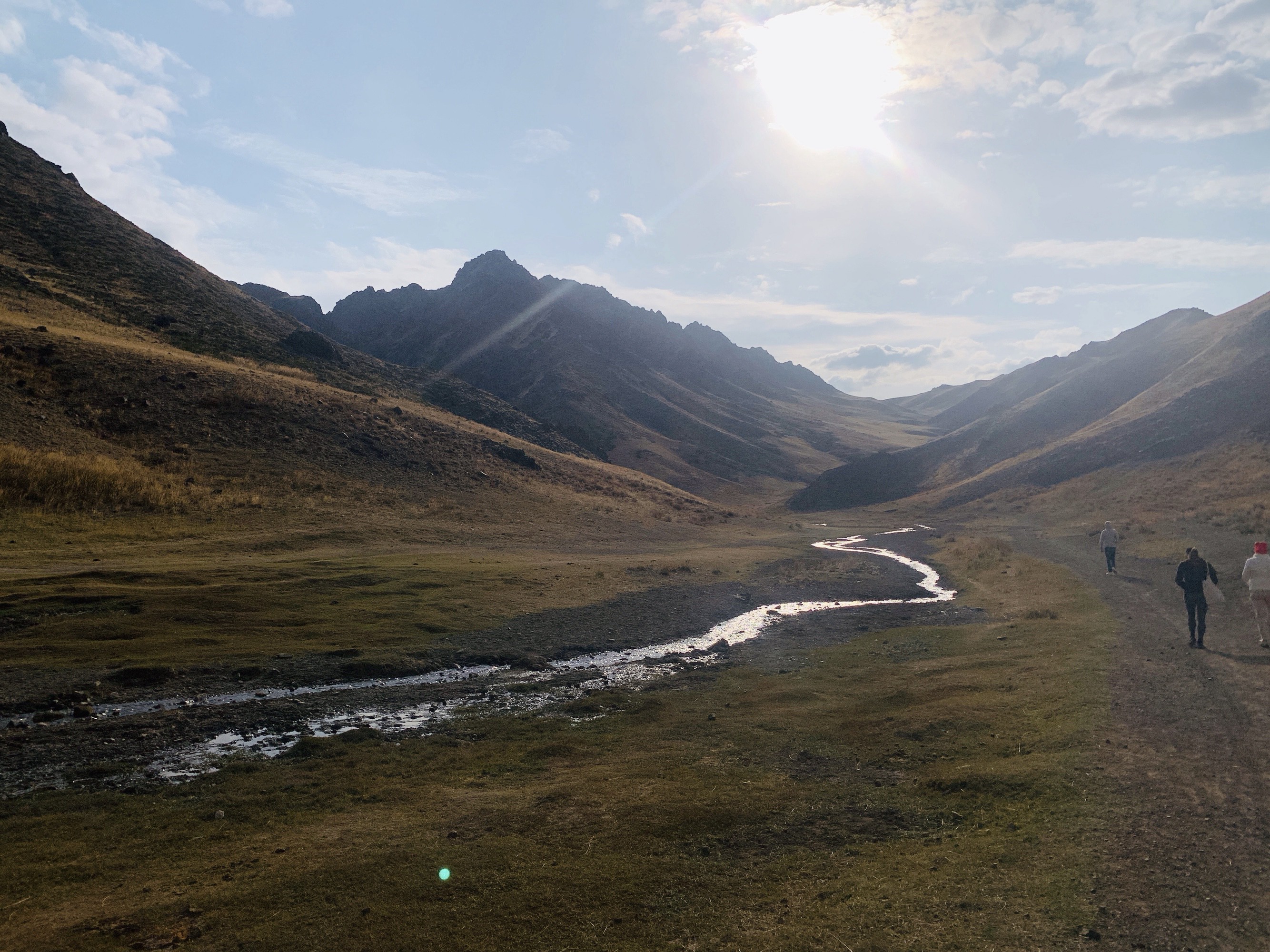
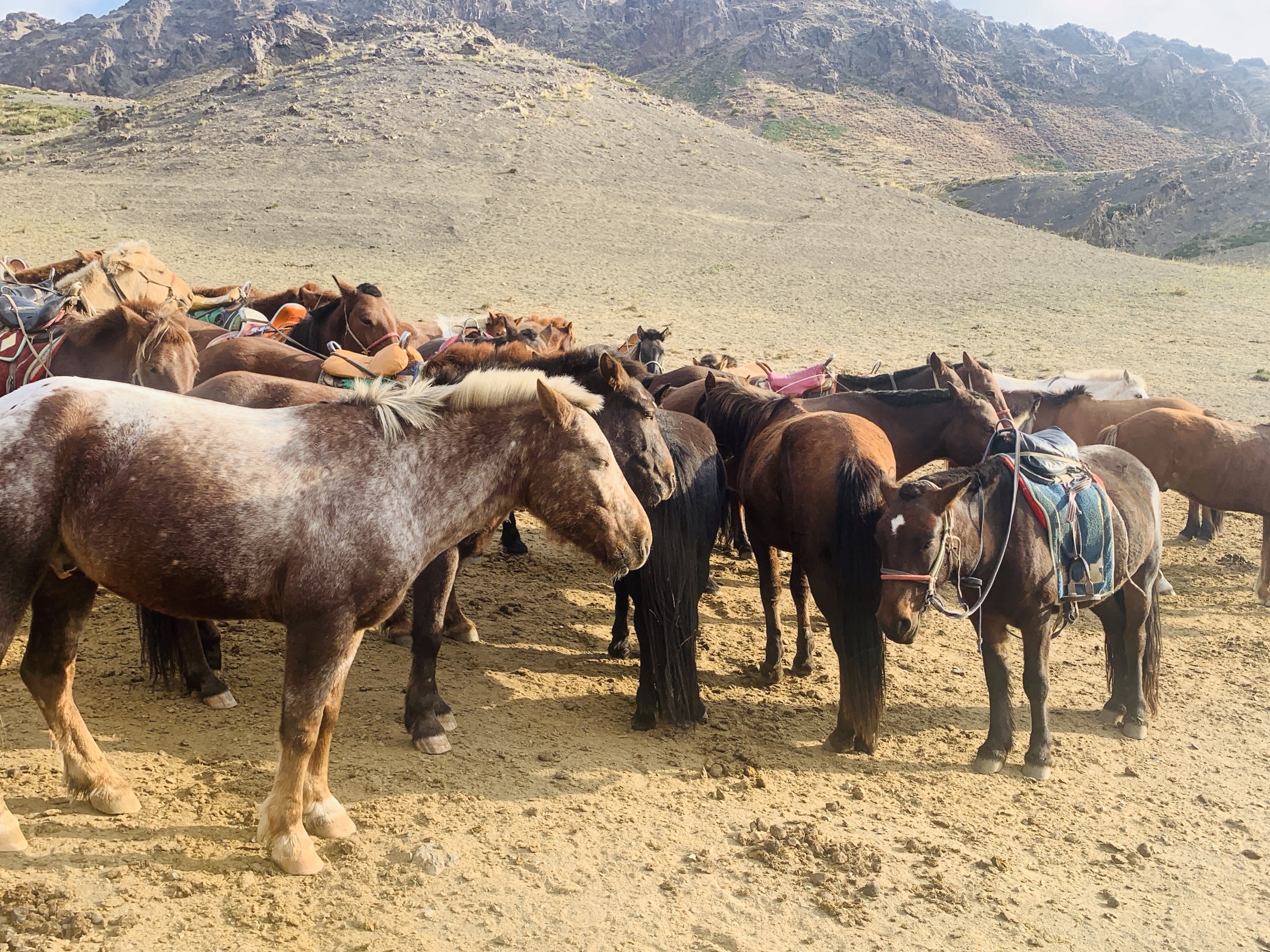
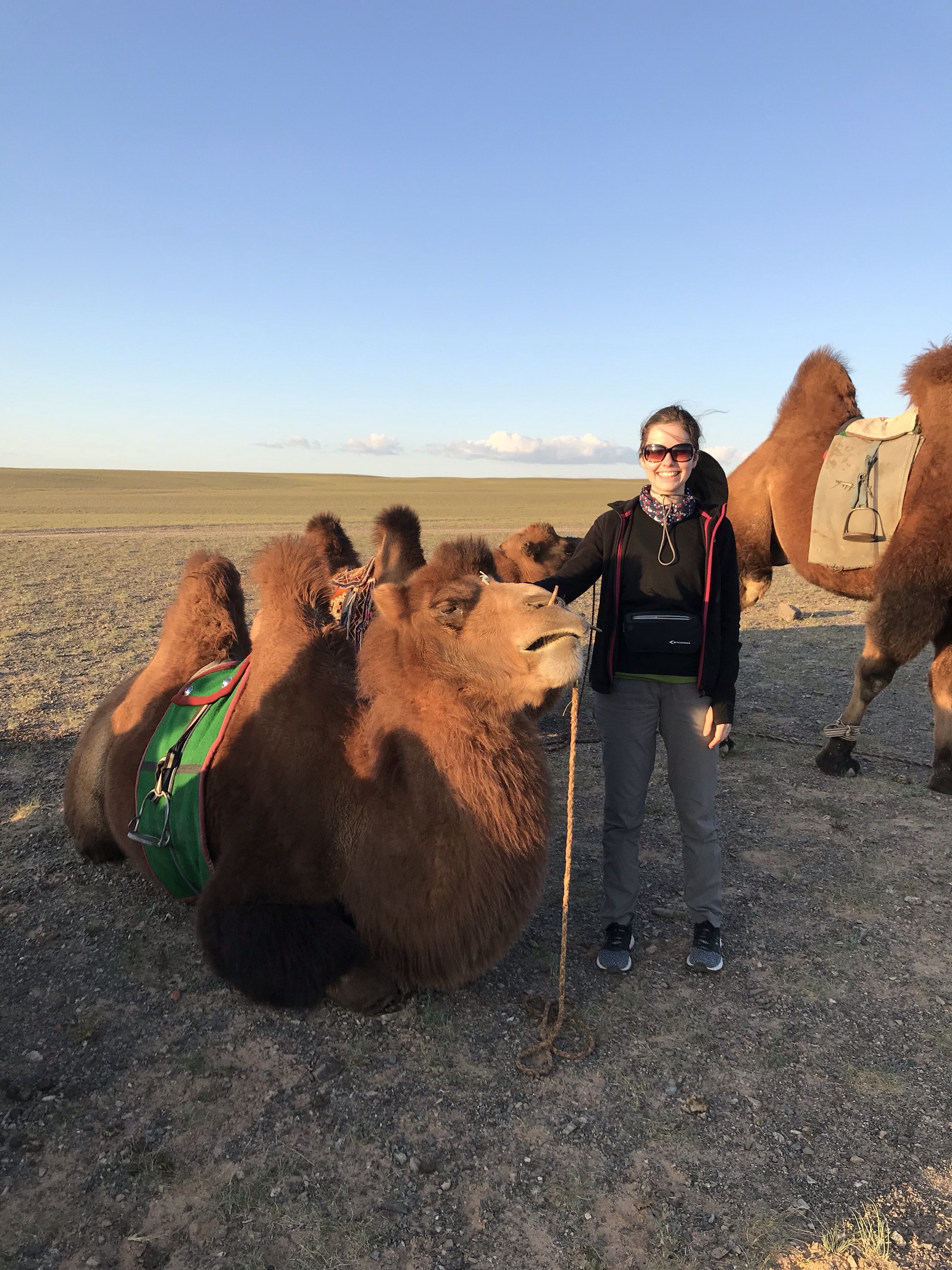
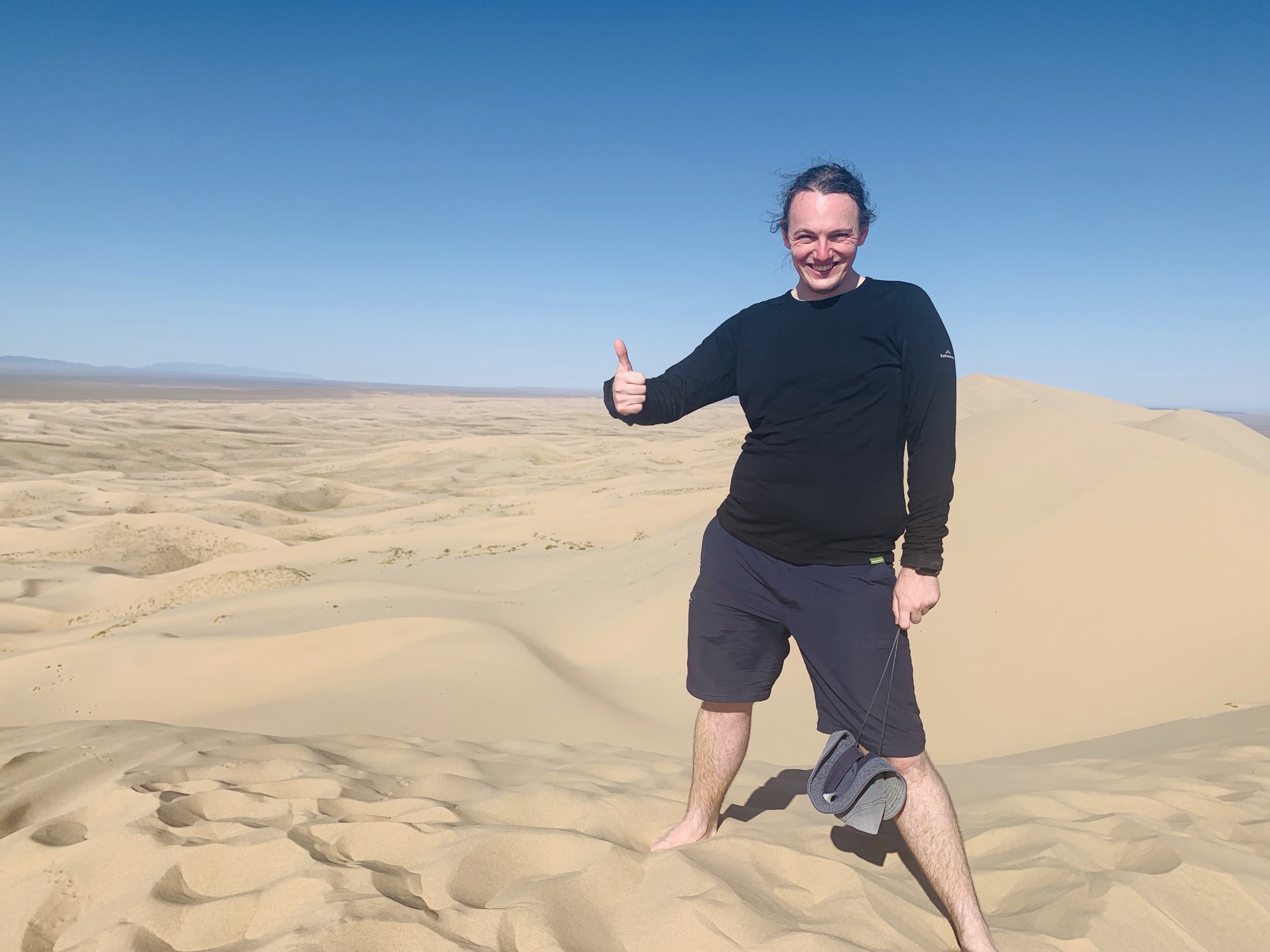


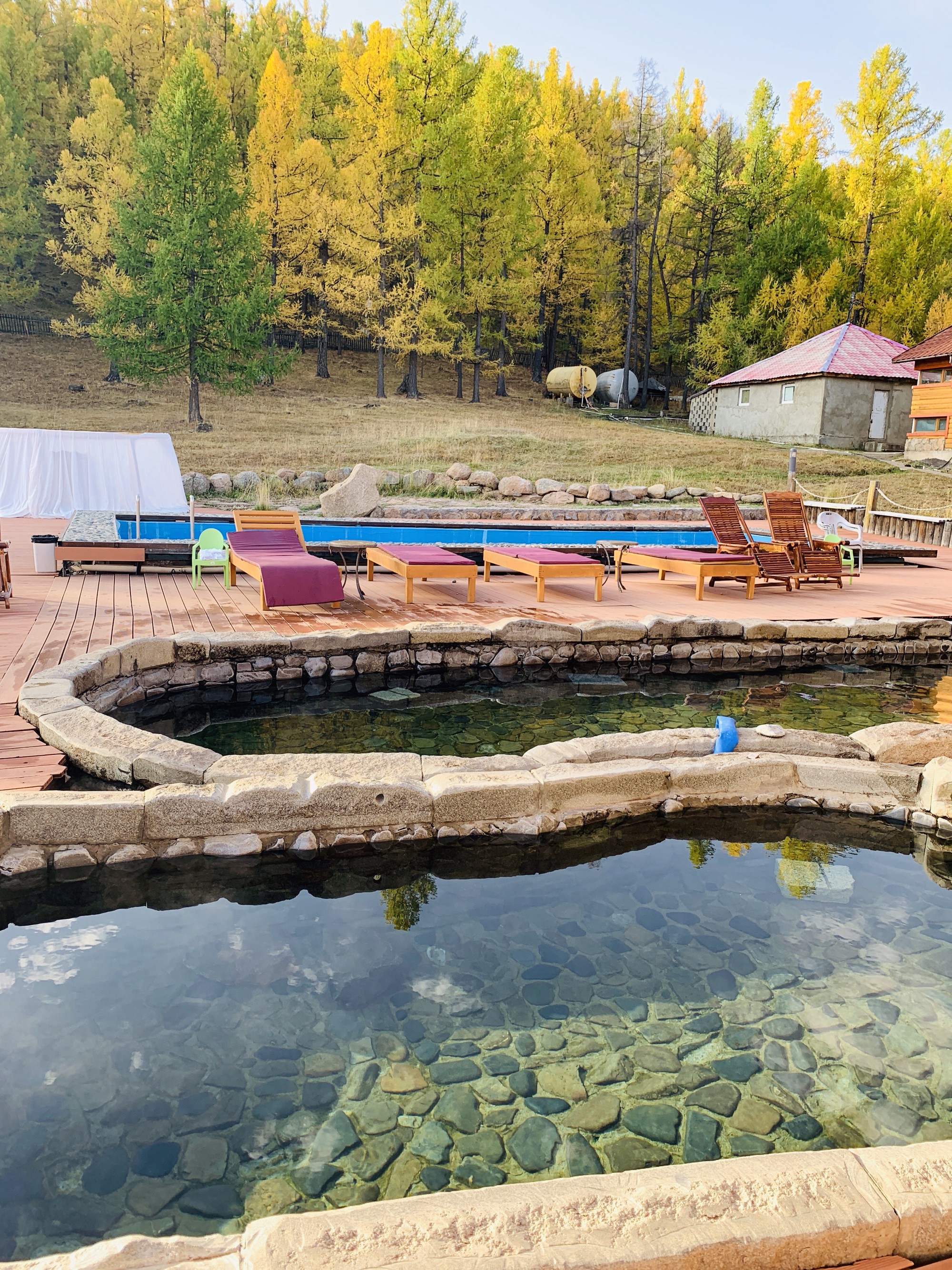

Scientists say that star gazing reduces stress, increases positive mood and can even give you a better night?s sleep.
Out in the middle of the Mongolian steppe with clear skies and no artificial light to block the universe from you, you can really drink it all in. There are also activities like hiking, horse-riding and camel-riding to give your body a workout. We also had a few rejuvenating nights at the Tsenkher natural hot springs to soak in the minerals and healing powers.
Mongolia might not be for everyone.
Some of the people on our tour struggled more than others. It is a challenging country to visit in some ways as you will miss out on a few home comforts while you are there. If you have a thirst for adventure, a love of nature and an open mind it will be an experience that you will treasure always.

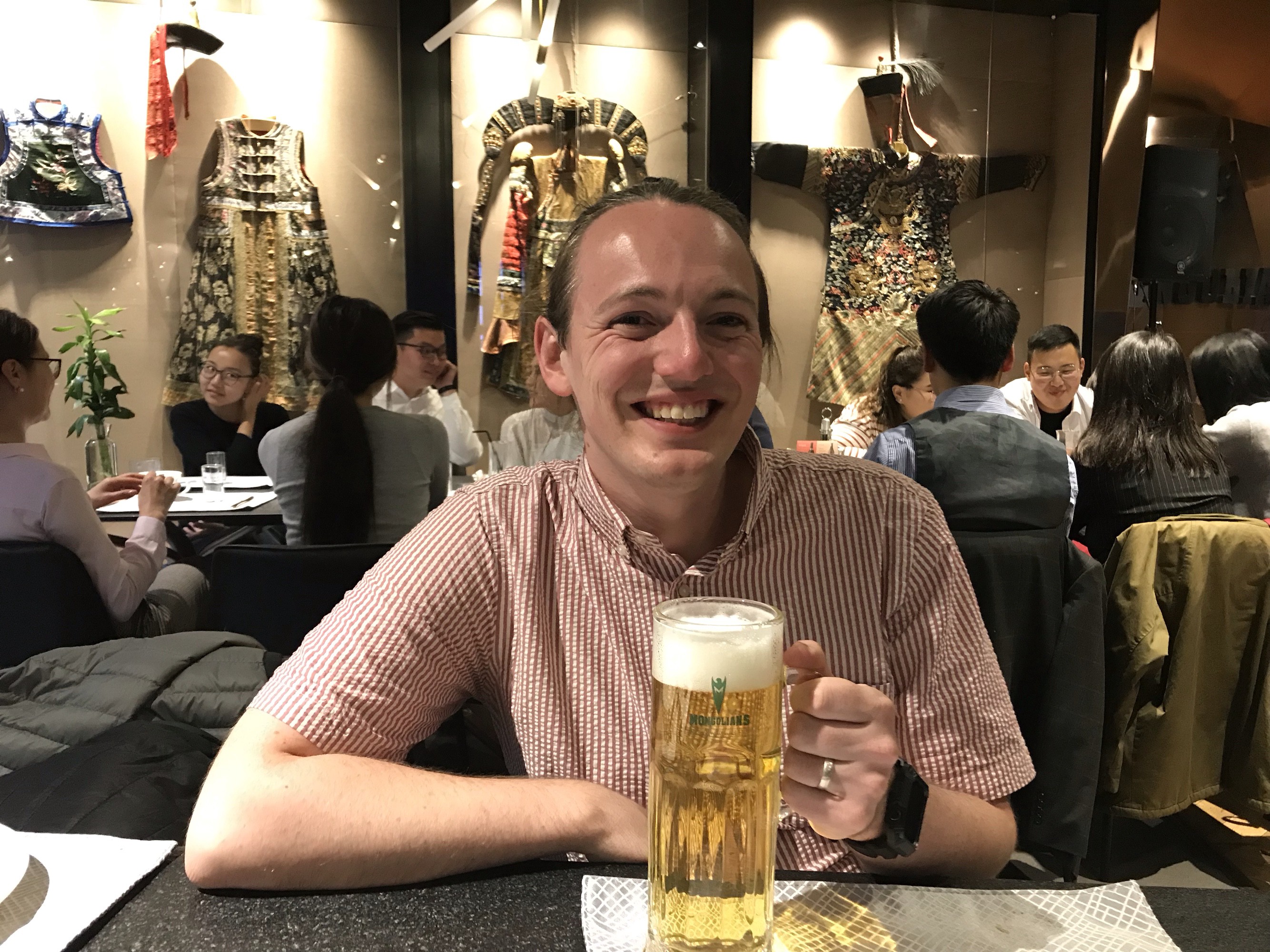 Enjoying some beverages back in Ulaanbaatar at the end of the tour.
Enjoying some beverages back in Ulaanbaatar at the end of the tour.
And lastly, this little guy.
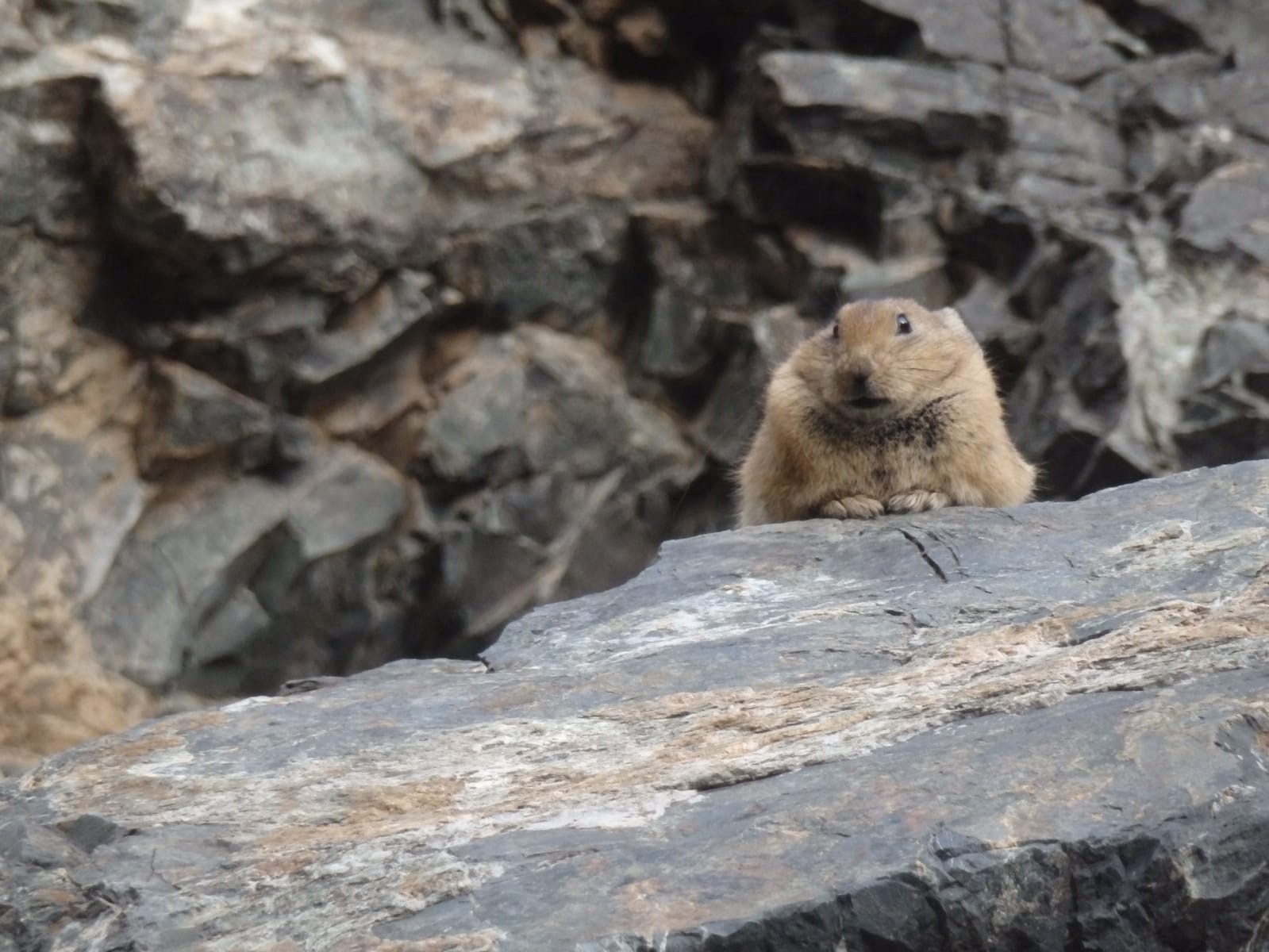 Also, this little guinea pig like creature kept popping up on our hike at Yolyn Am gorge. Whack-a-mole anyone? (Our friend Olivia took this photo and kindly shared it with us).
Also, this little guinea pig like creature kept popping up on our hike at Yolyn Am gorge. Whack-a-mole anyone? (Our friend Olivia took this photo and kindly shared it with us).

